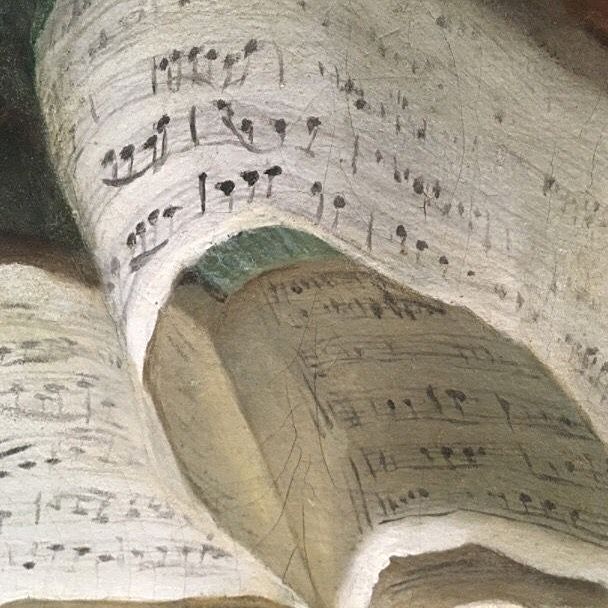
Luciel
Online

Chara
Online
Digital art
Digital and traditional art has been my passion since I was born! On the digital side, I've started in 2016 when I first got my Galaxy Tab 3. Oh the memories.. honestly majority of the art I'll post is outdated because I've taken years worth of breaks, but I'll surely get back on track someday! :D

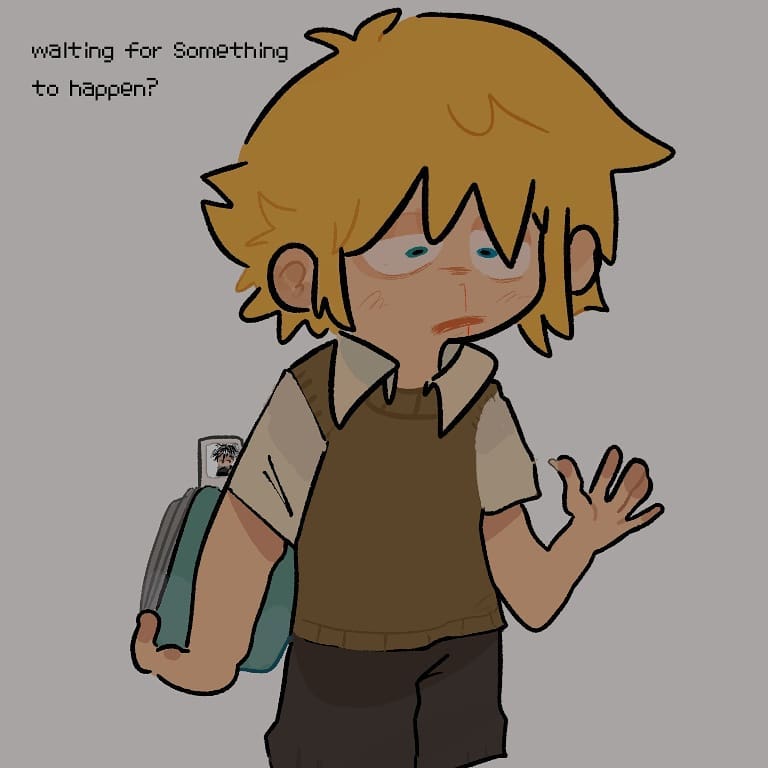

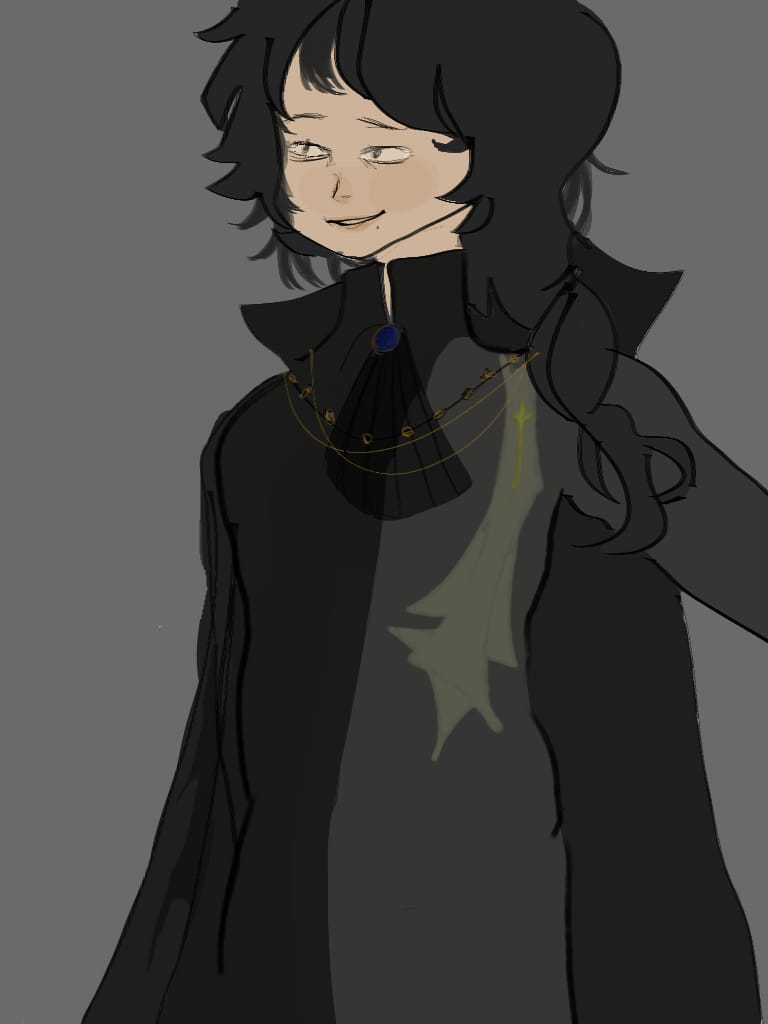




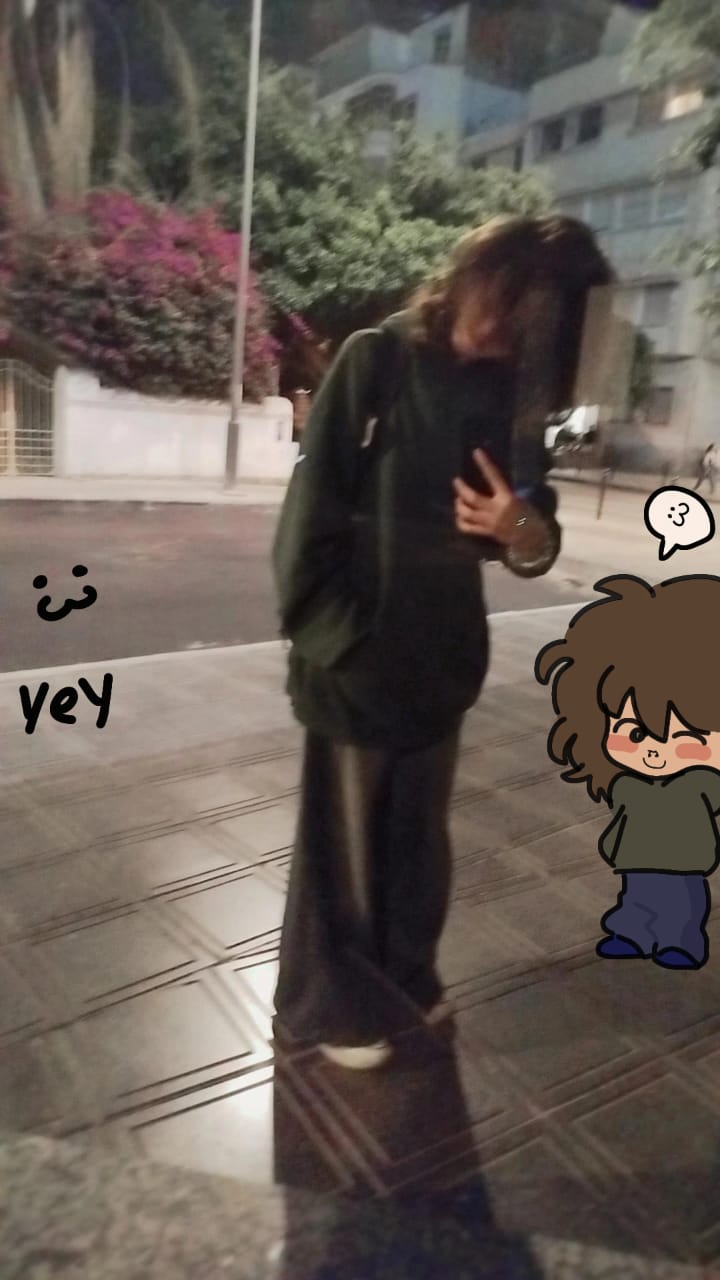







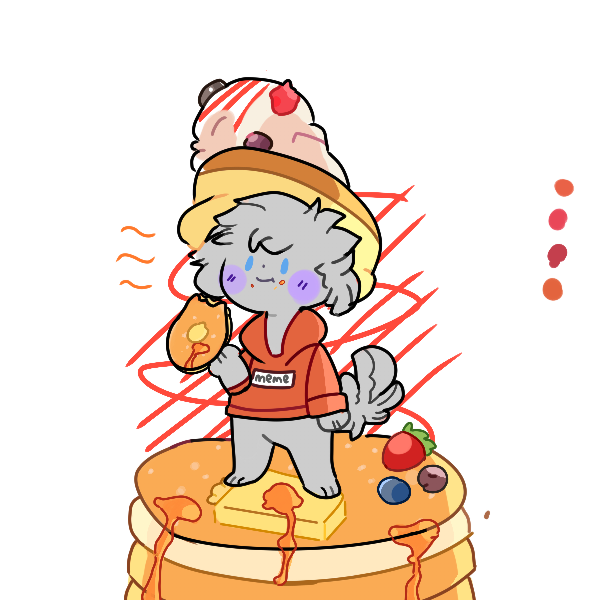

 a lot of these drawings are from 2018 :) well, the majority haha. I want to include my childhood art as well, not just what's recent
because I love my journey.
a lot of these drawings are from 2018 :) well, the majority haha. I want to include my childhood art as well, not just what's recent
because I love my journey.
Tarot
I have been a long lover of spirituality, I've always been gravitated by it. In 2024, 13th May I was finally able to get my first tarot deck! It combines my favourite things, intiution, symbolism, and puzzles! Trying to figure out what a reading means requires a lot of abstraction and introspection and being in connection with your clairvoyance. I always had visions, so getting into tarot was the cherry on top.
.jpeg)
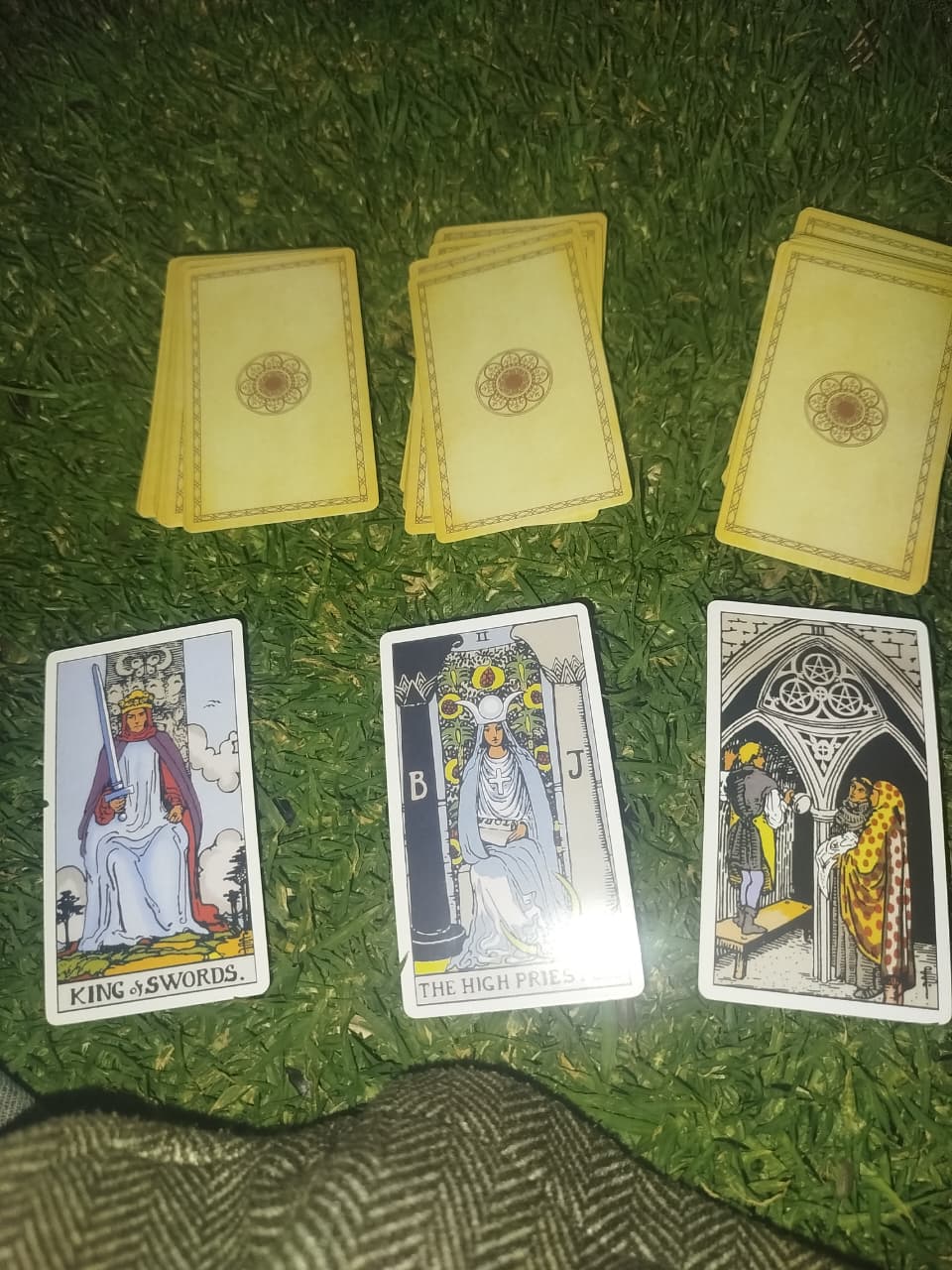
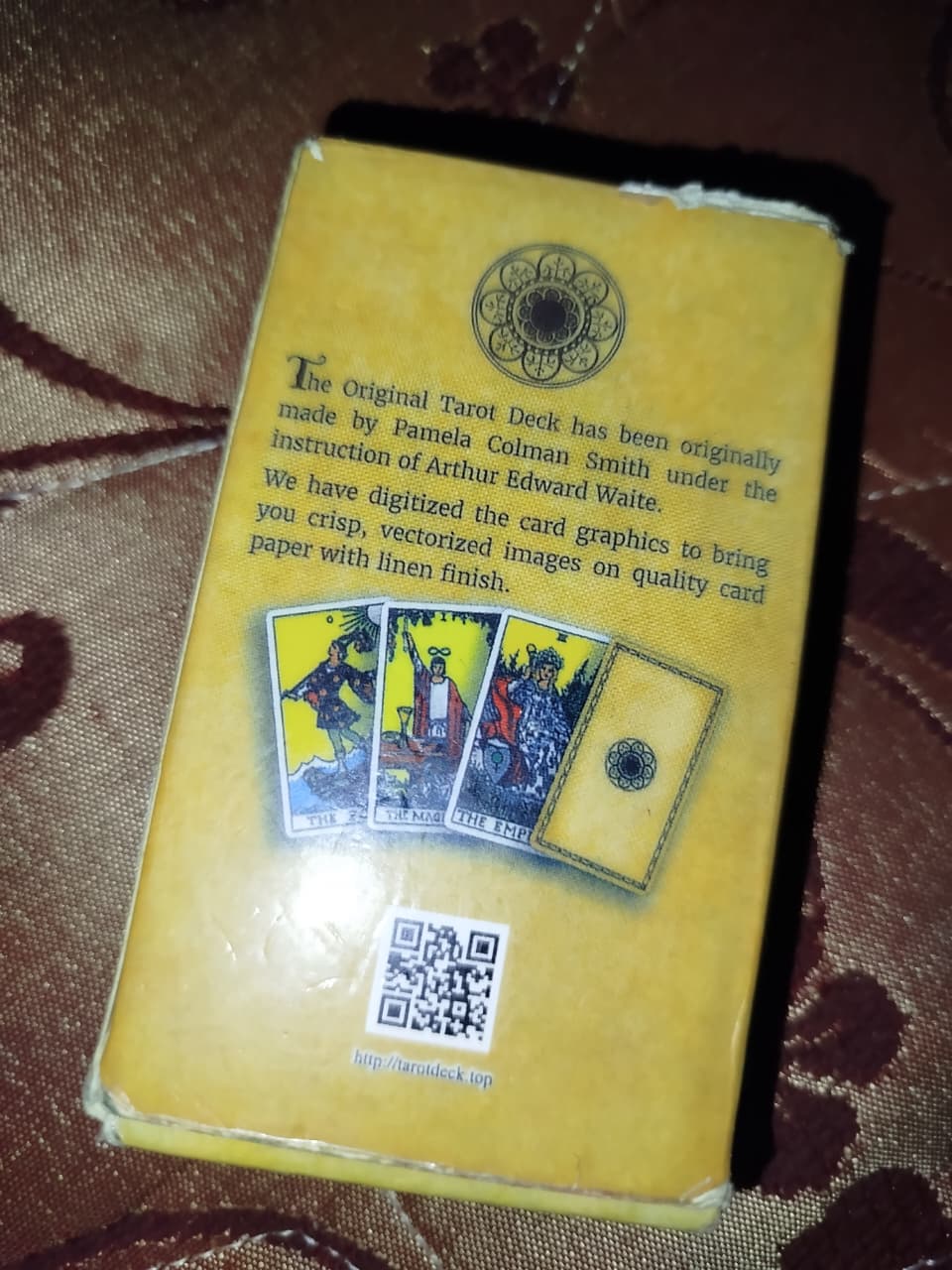
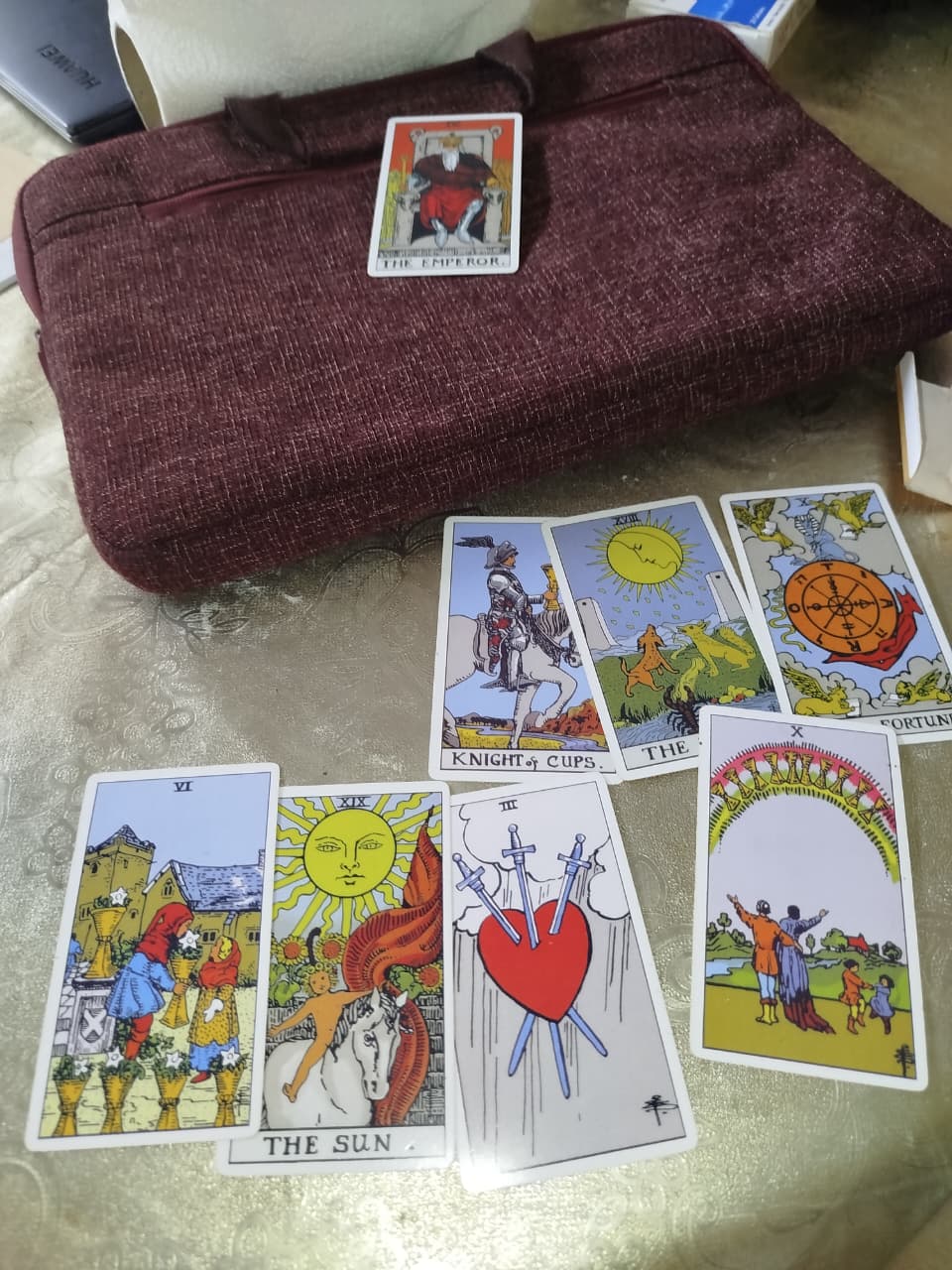
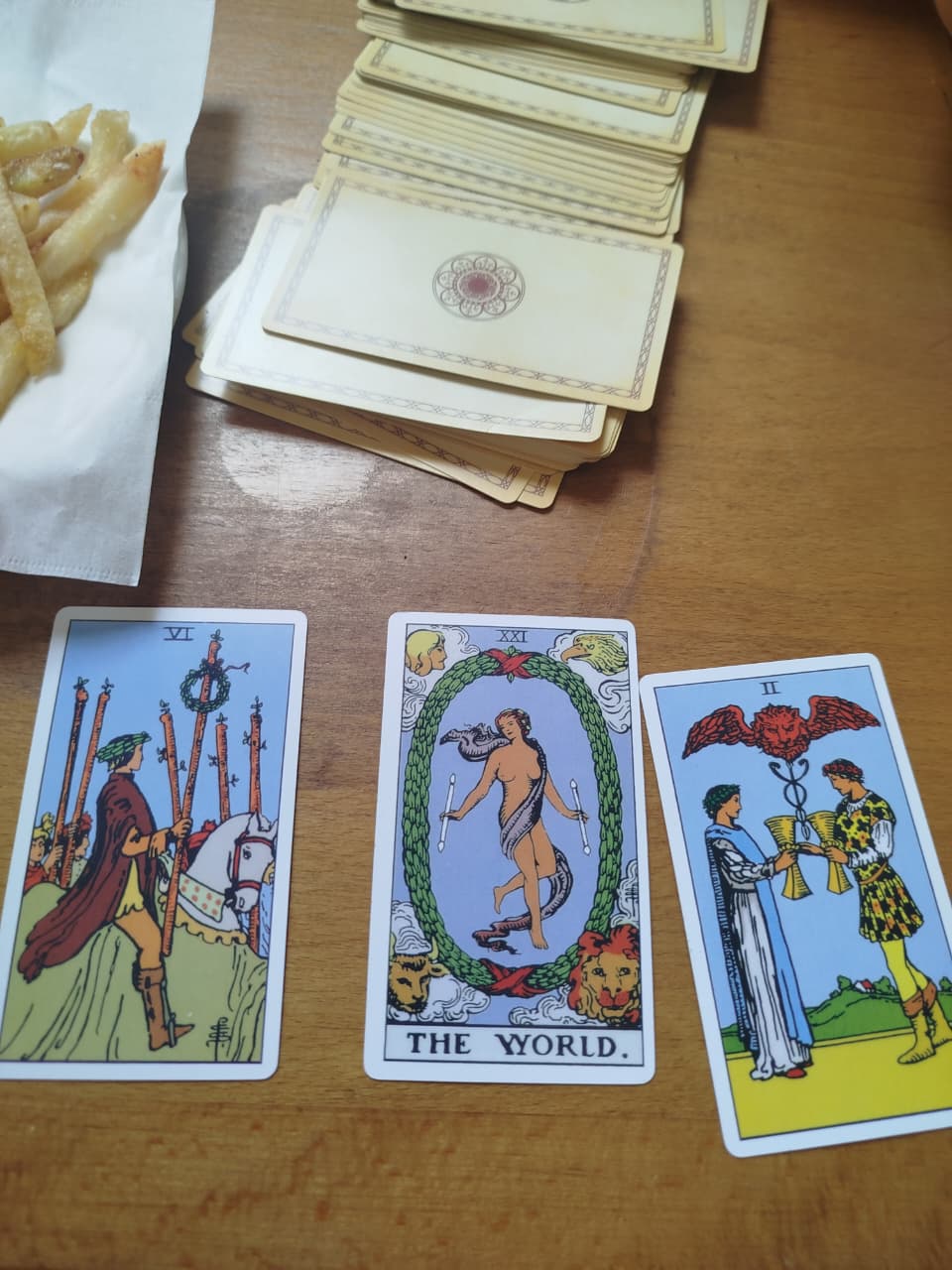

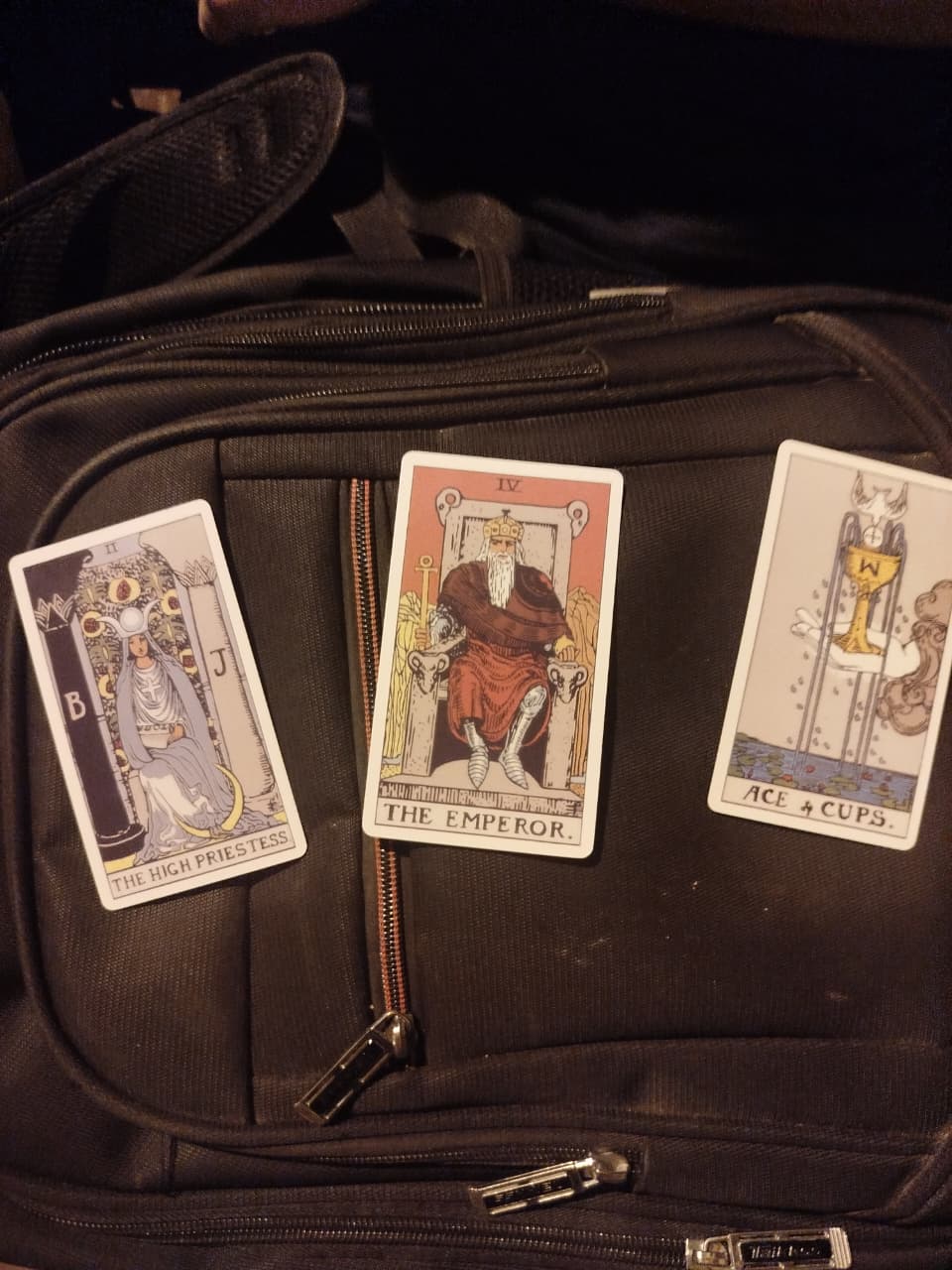
.jpeg)
.jpeg)
.jpeg)



Designs
Here is the city I made in Tinyglade! I worked hard on it. :)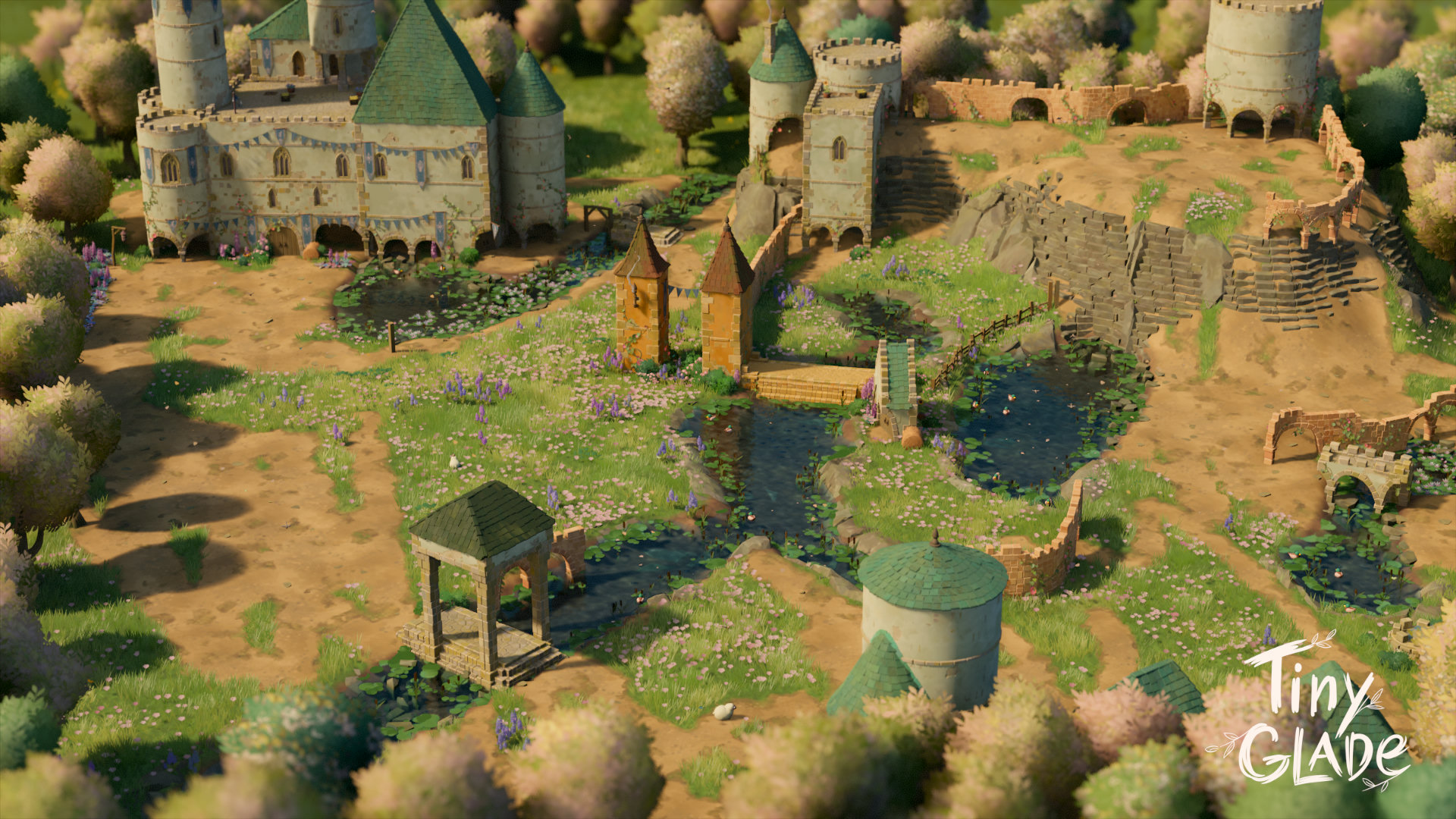
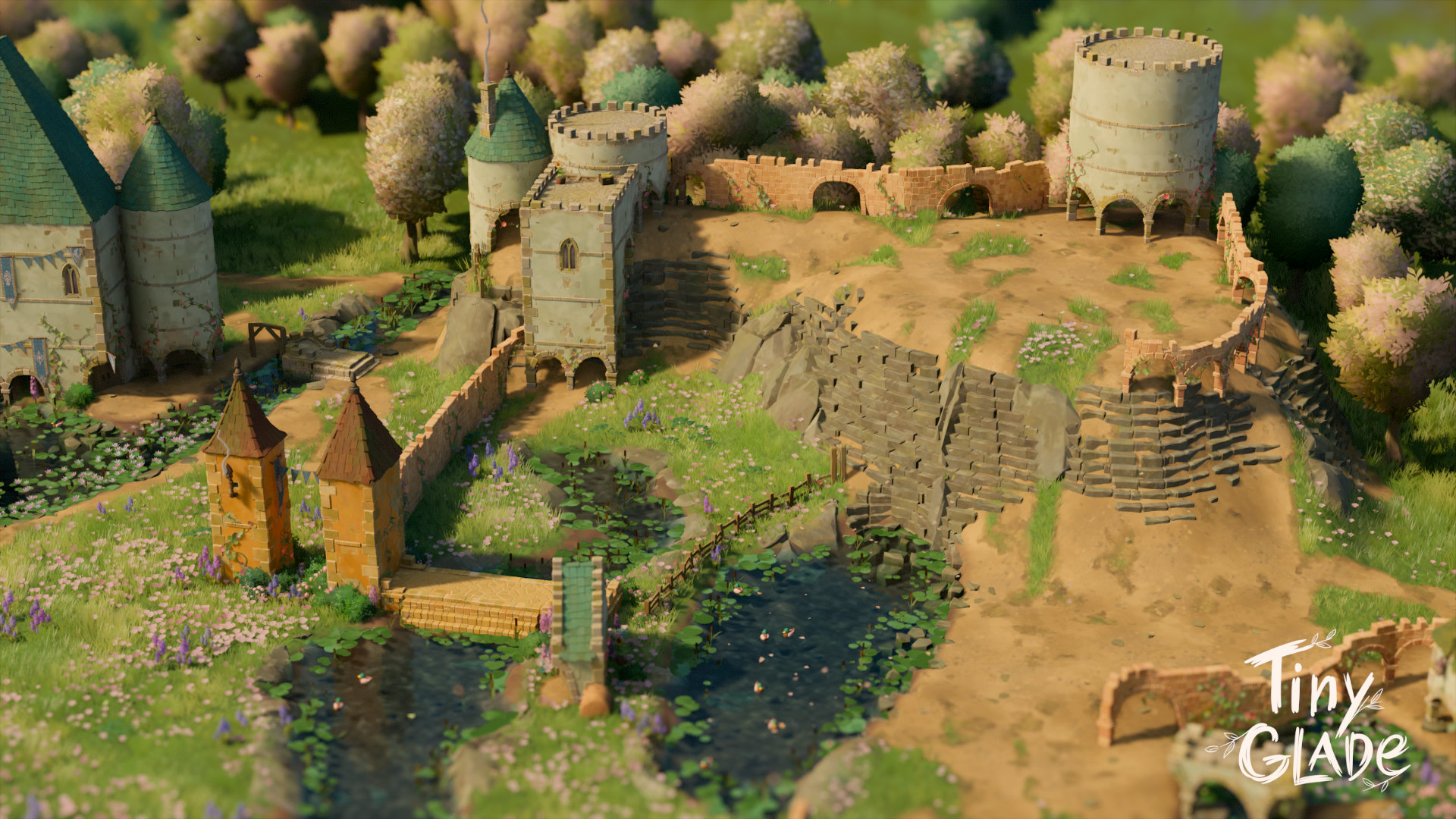
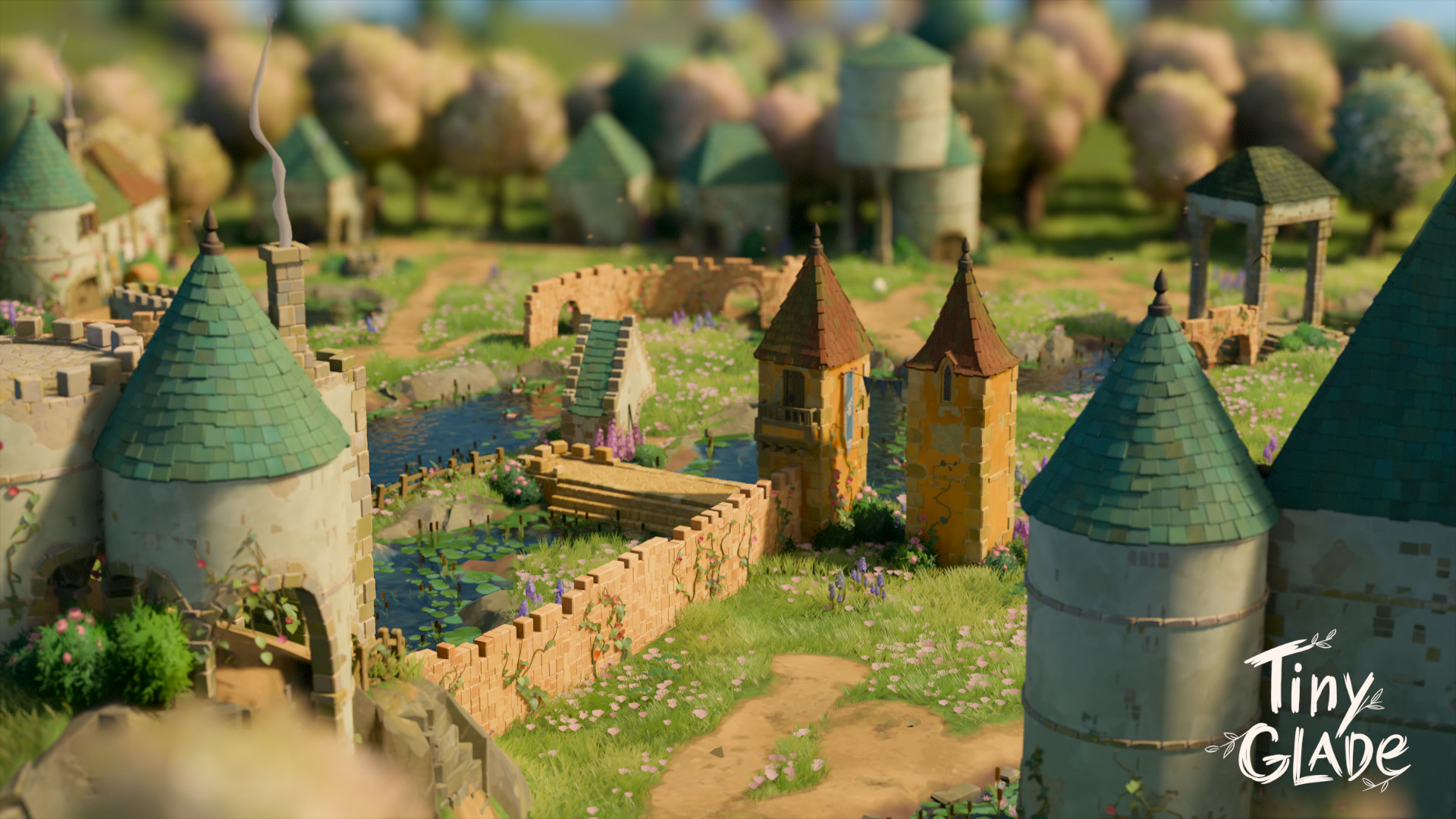
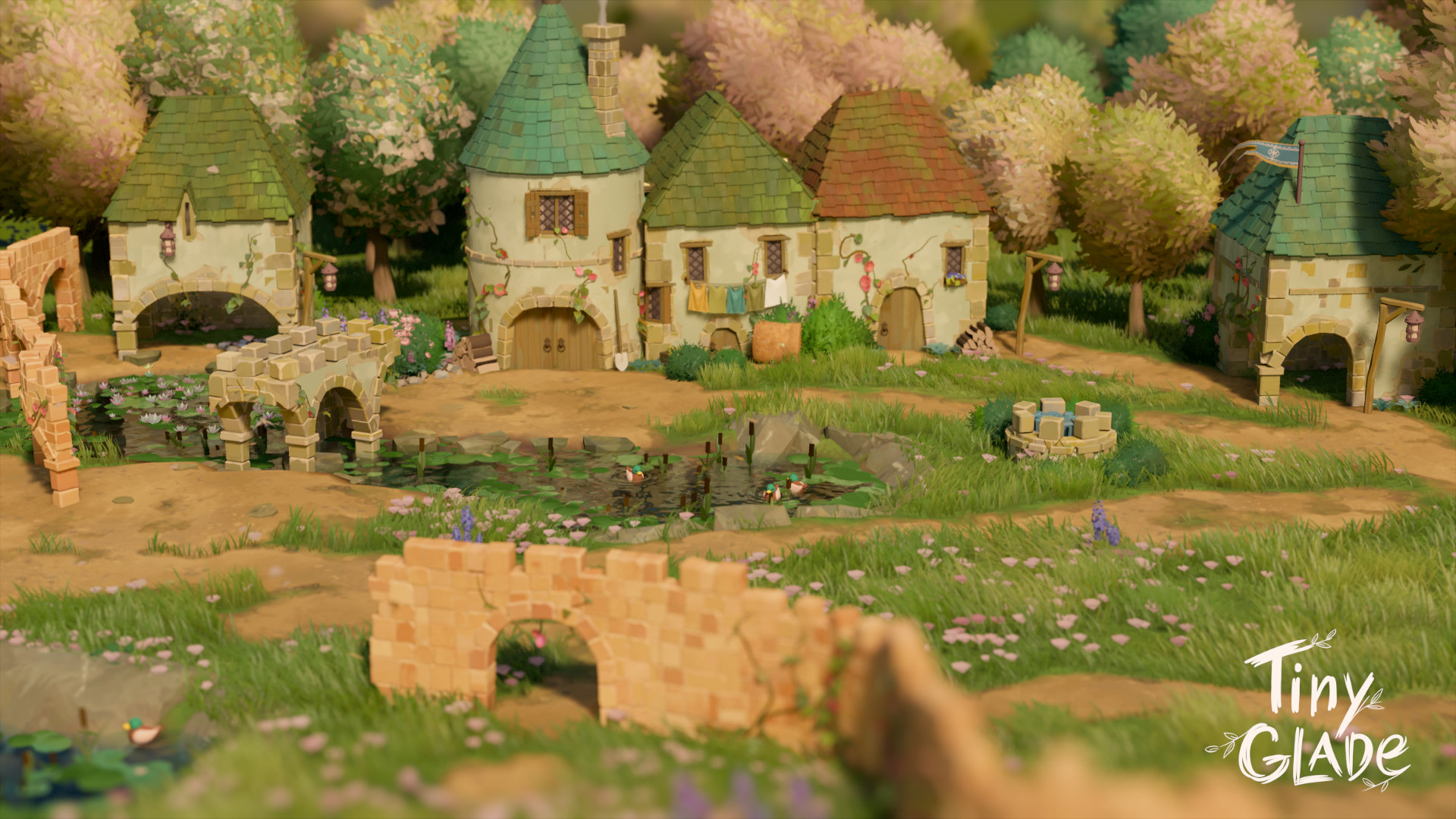
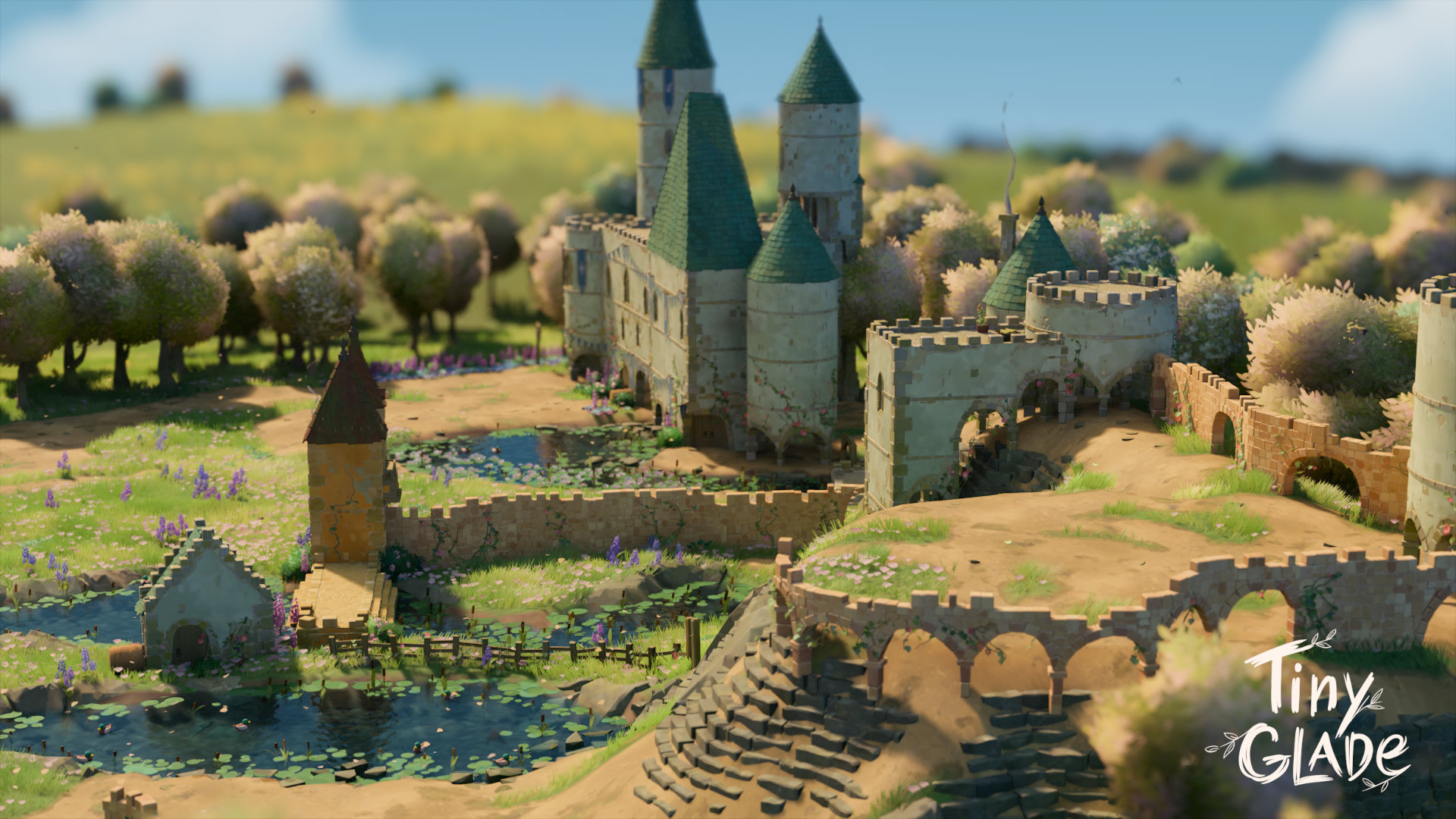

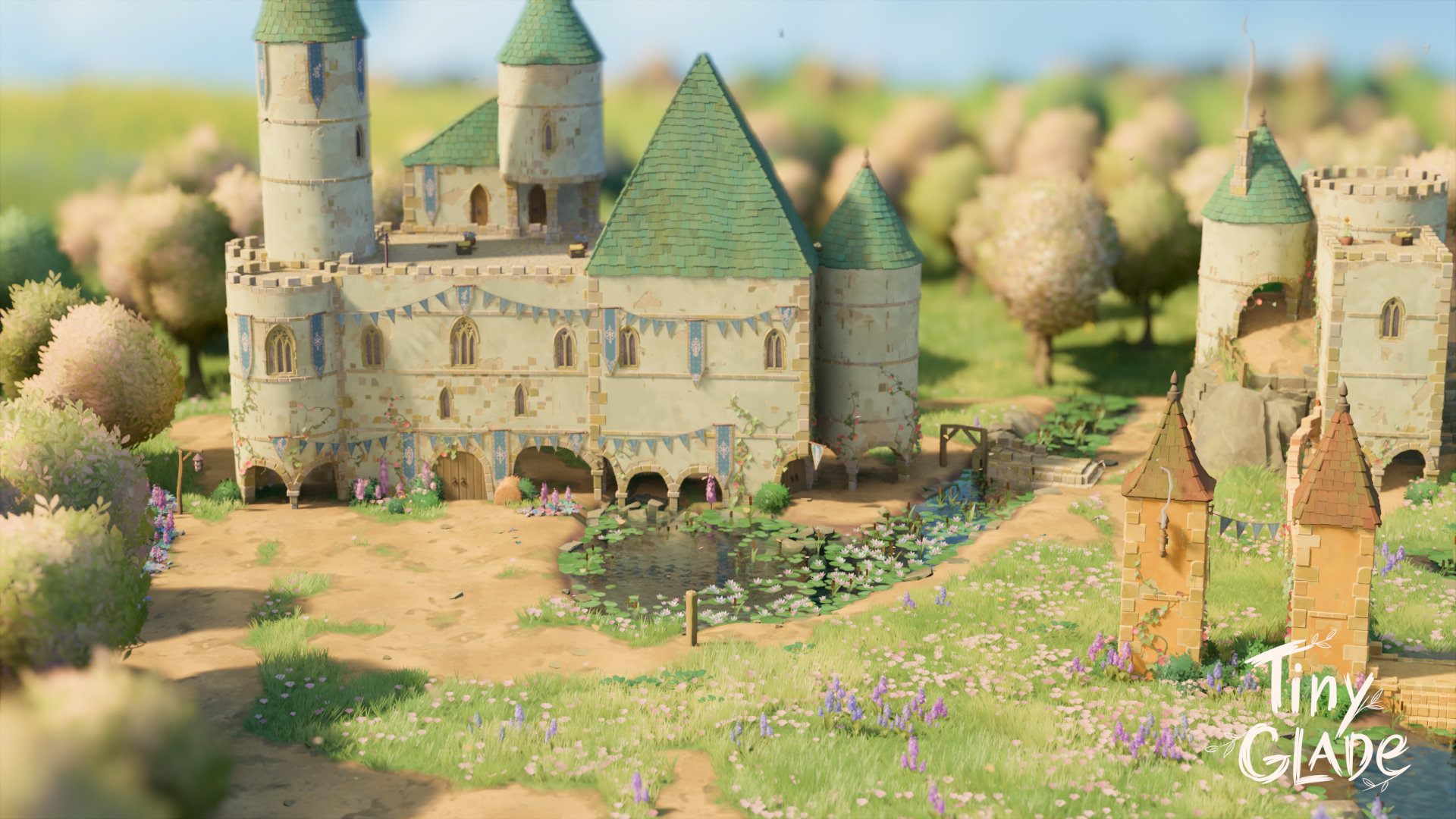
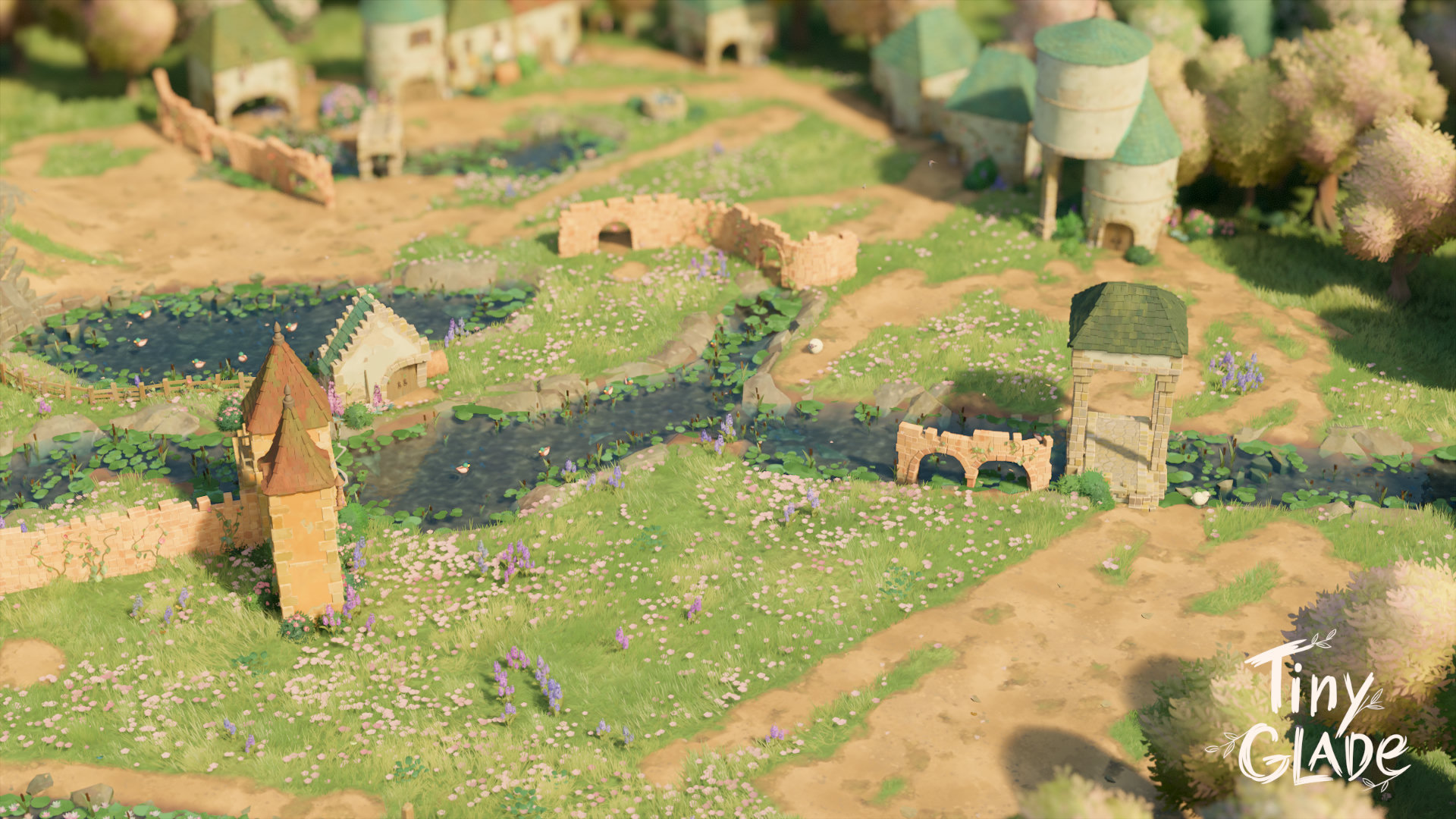
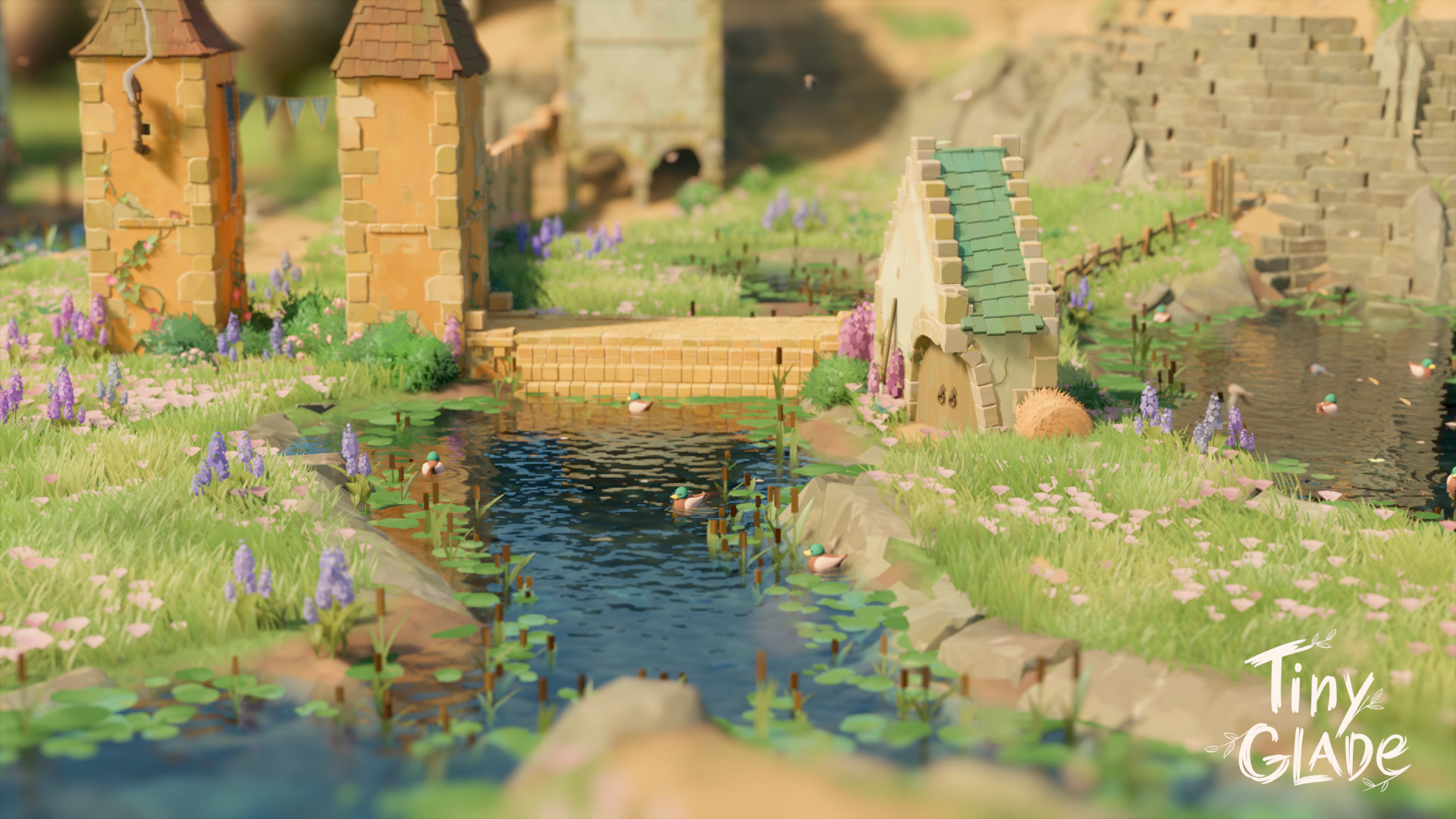
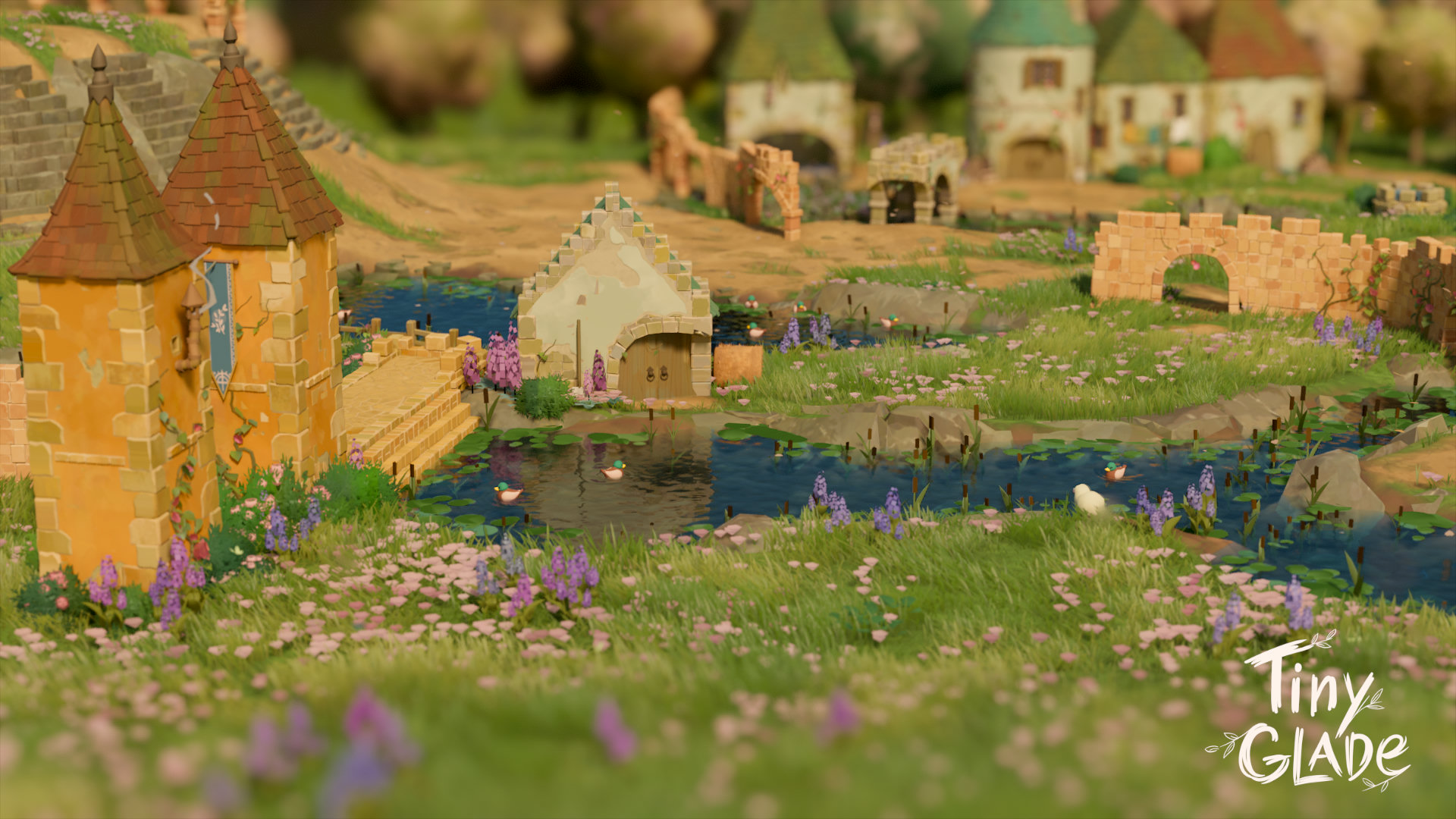
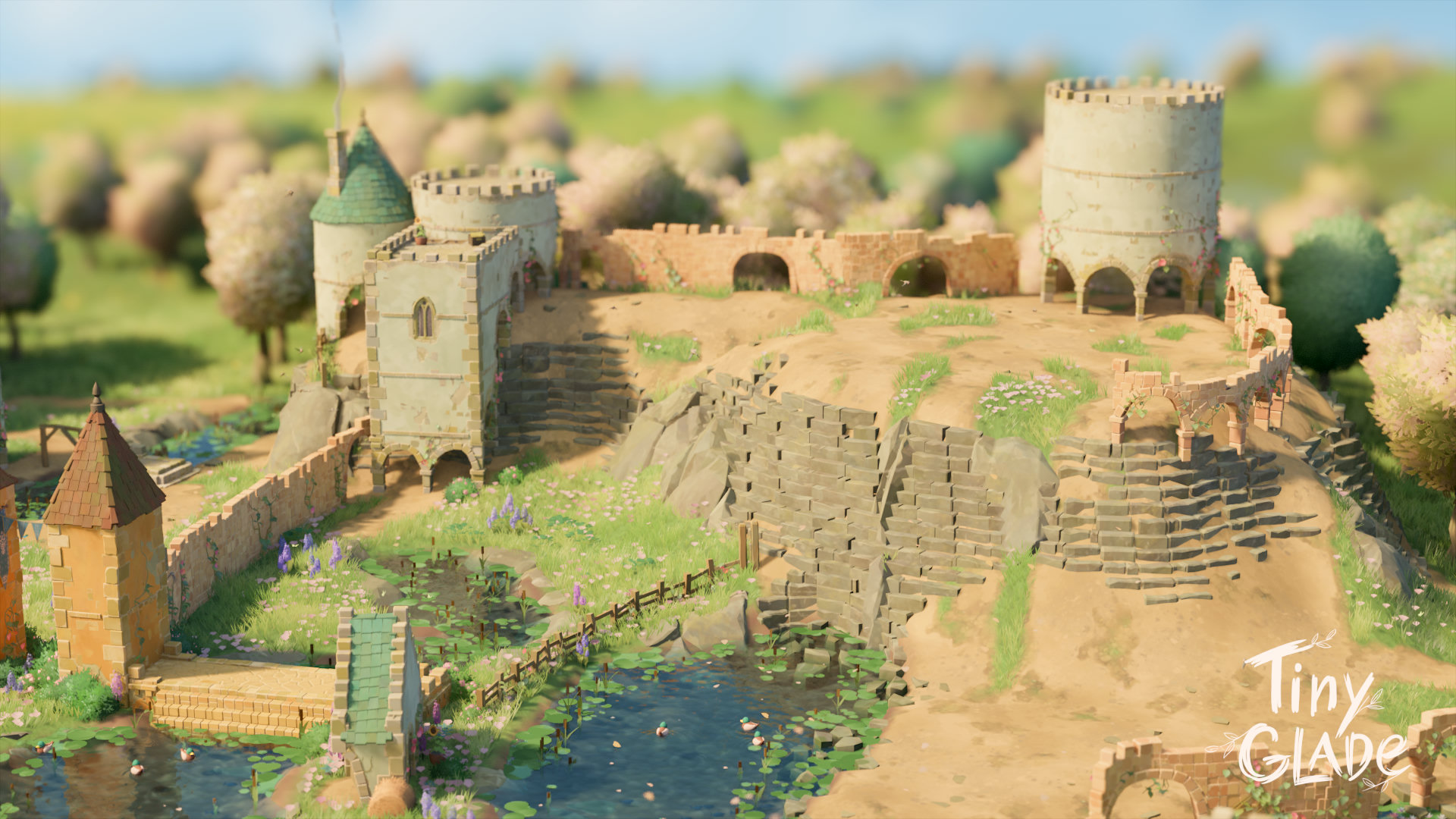

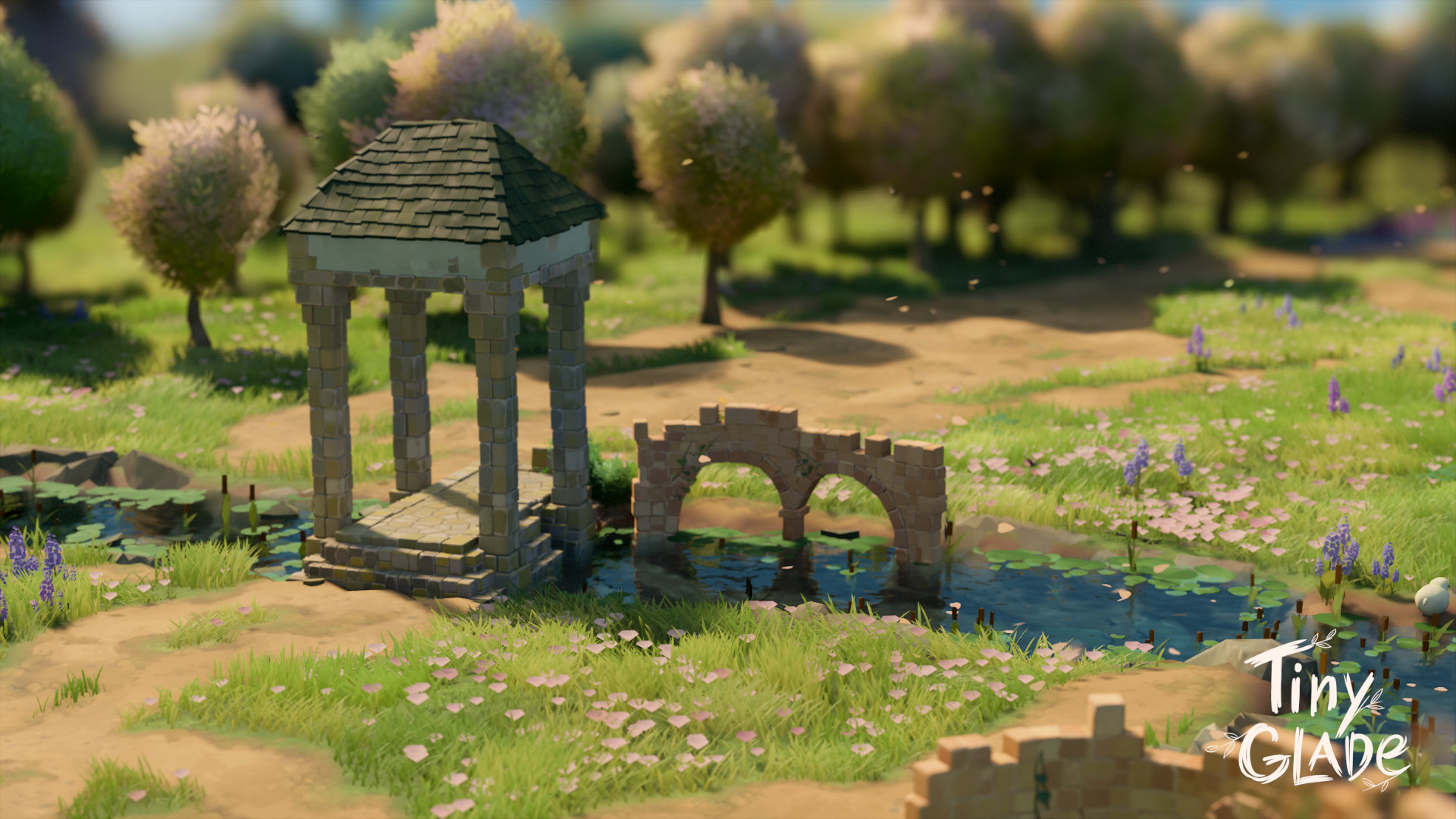
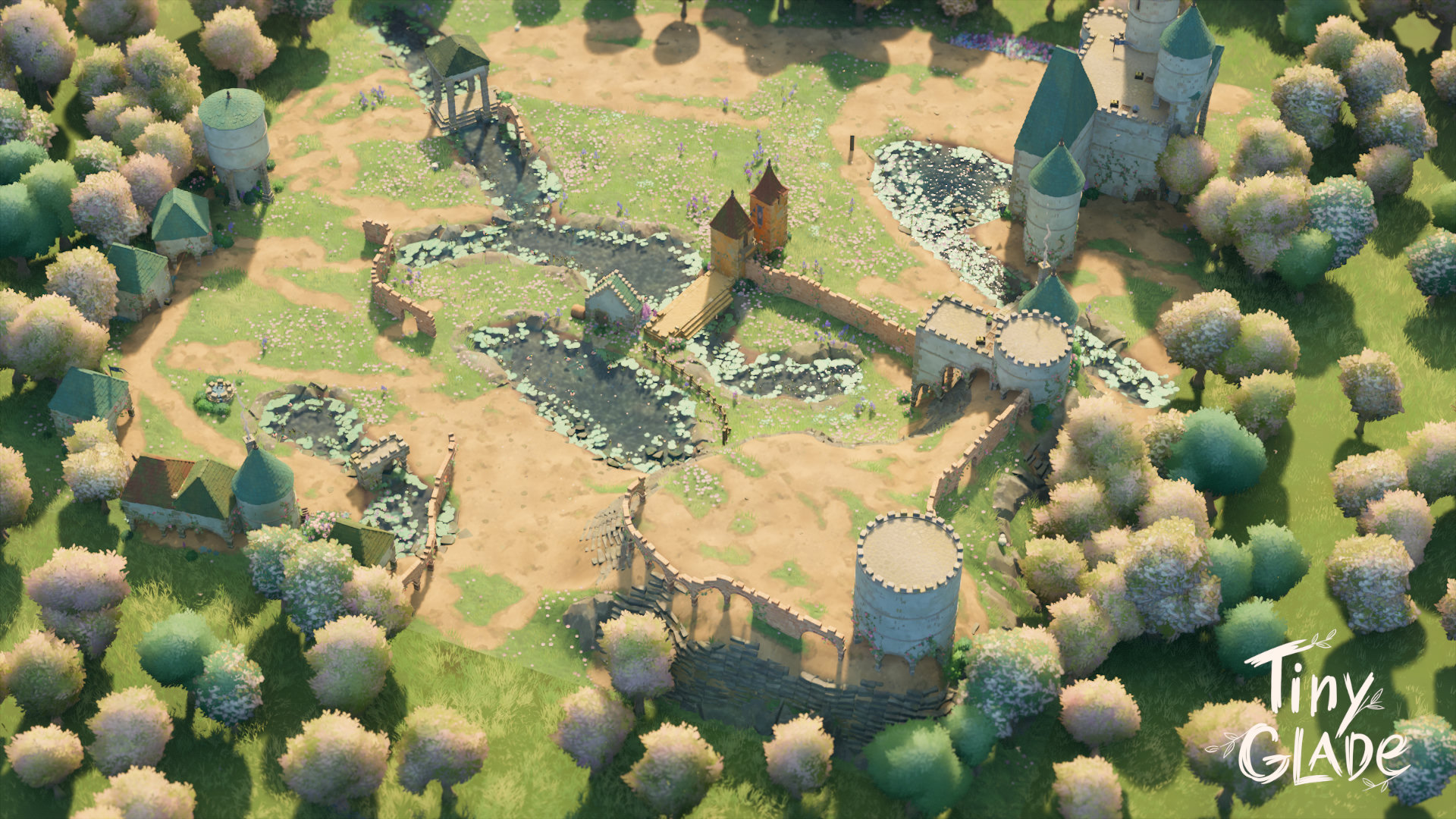

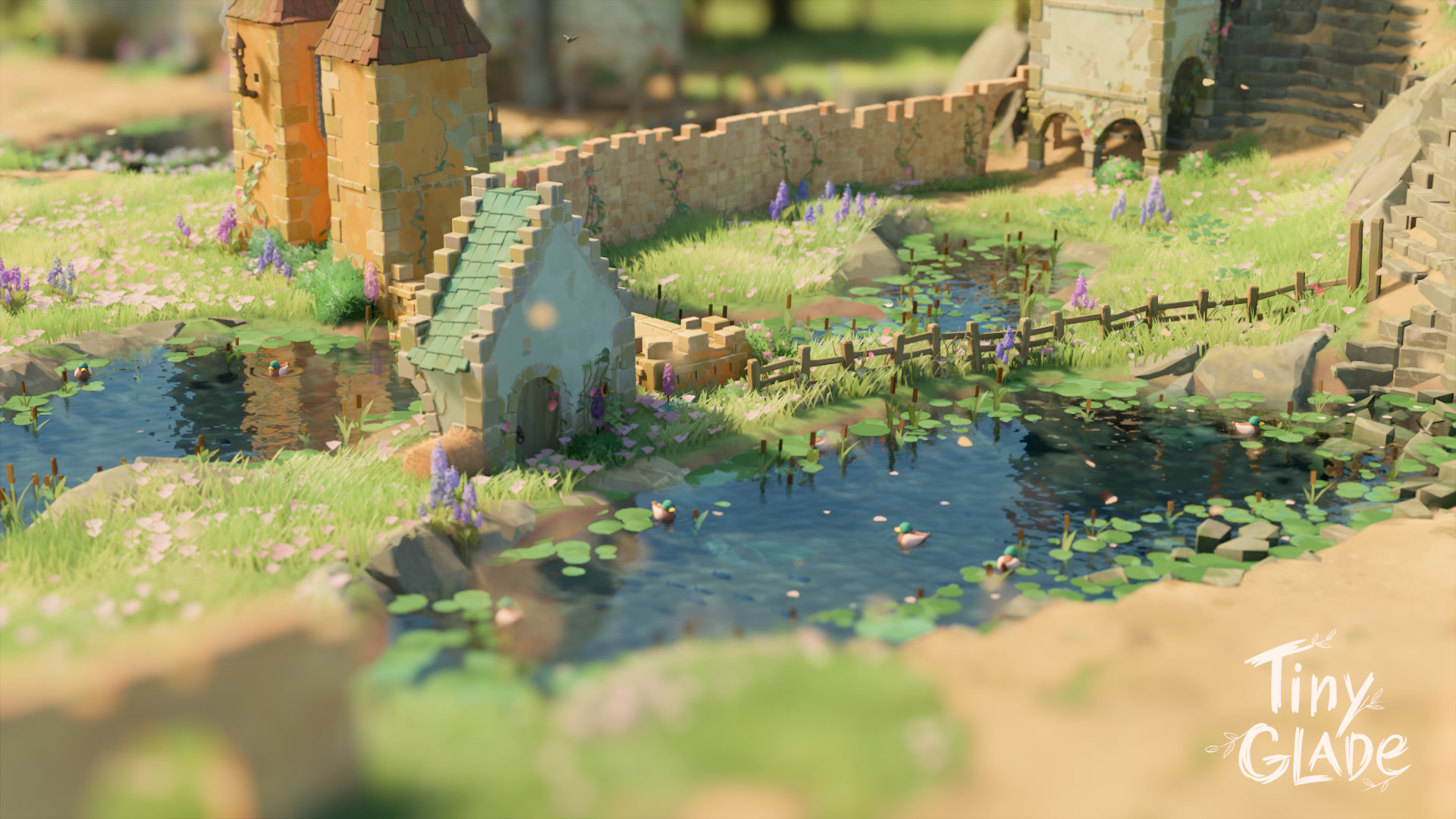
Maps
I used different websites to make maps. :D
.png)
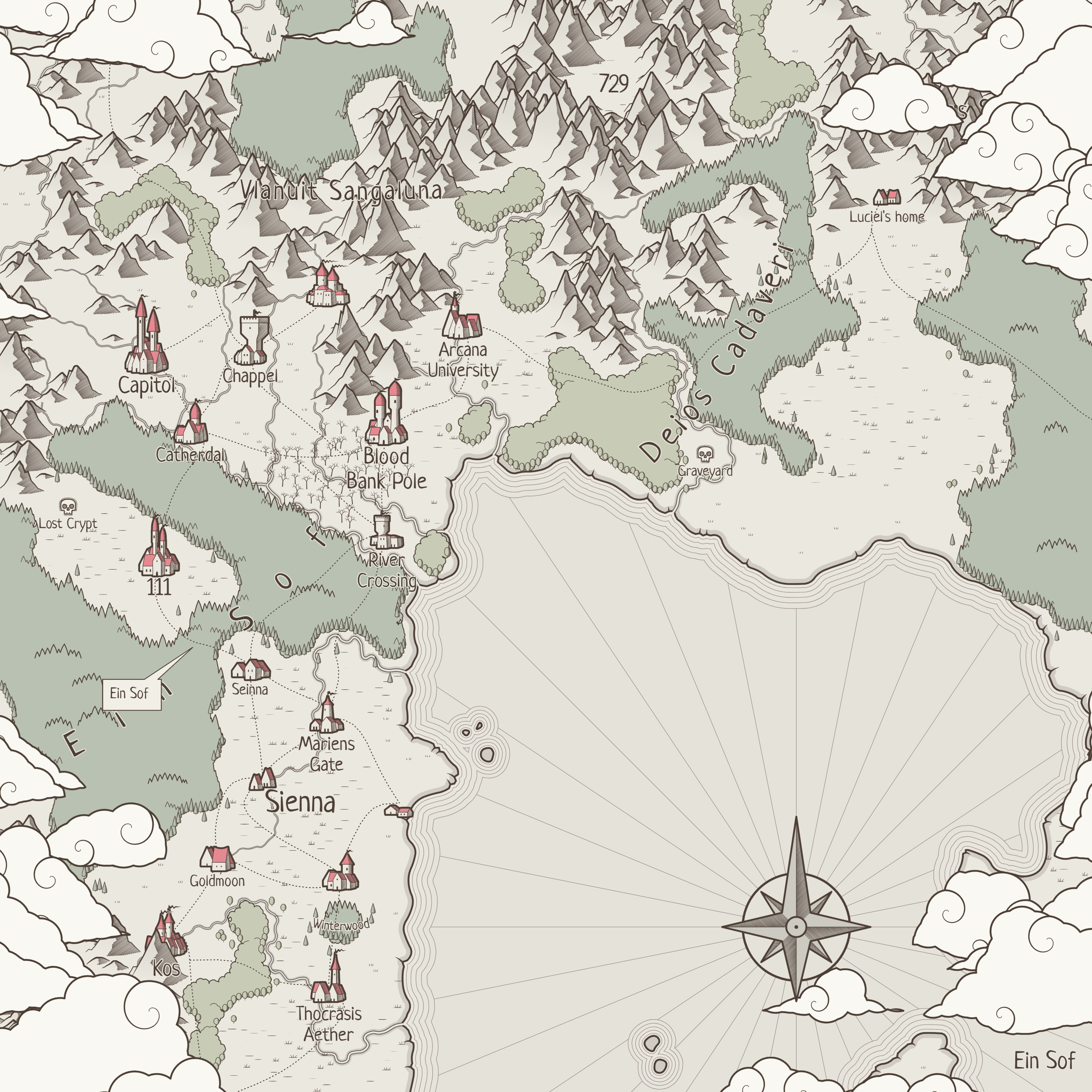
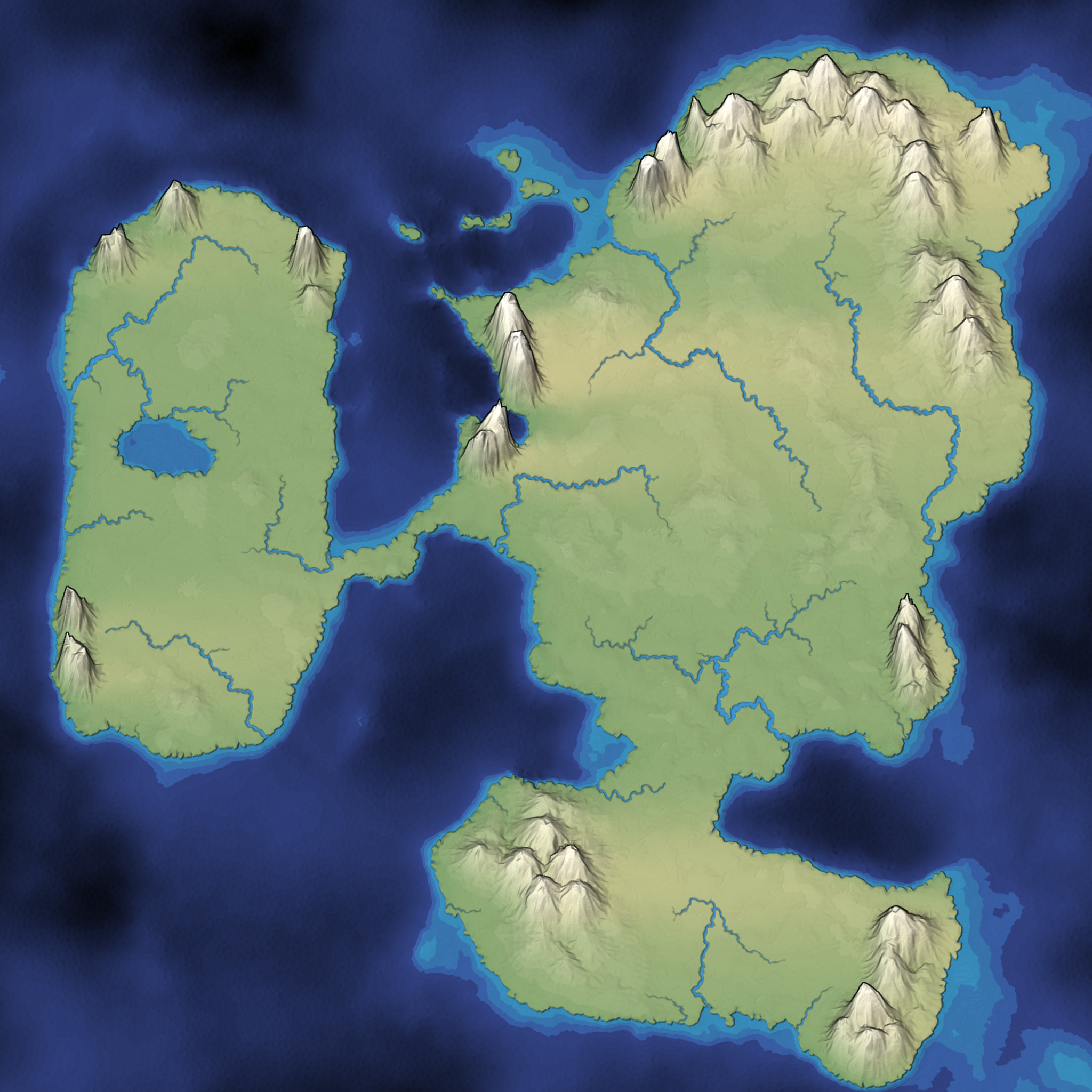
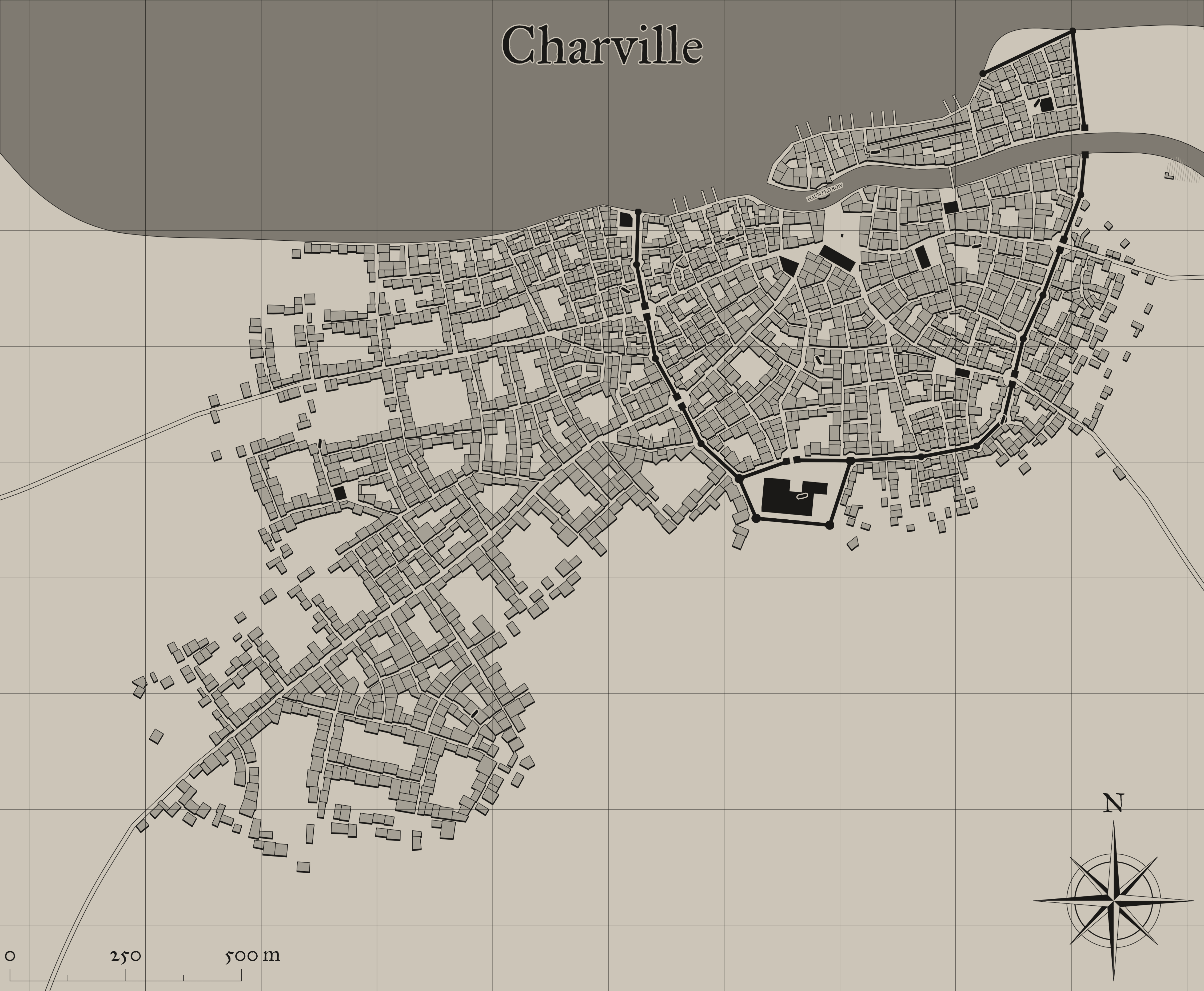
Projects
RNA folding
This is a distirbuted computing project that aims at volunteering to advance scientific research. The RNA folding project functions by predicting the shapes of biological molecules. Understanding these folds is essential for things like creating new medicines, studying viruses, or designing proteins with new functions. Distirbuted computing is helpful as it saves on the centralised and focalised mass energy super/quantum computers consume in order to calculate all possible configurations; If we try to compute all possible conformations and all possible energy states exactly, the number of possibilities grows exponentially with the length of the chain. (A 100-amino-acid protein already has more possible configurations than atoms in the universe.) Distirbuted computing projects are able to decentralise into expansive nodes. Classical computing = approximations + brute force sampling. An alternative to unavailable quantum computing. RNA fold aims to fold into a 3D shape with the lowest energy possible. The system tries to minimize energy, because nature tends to favor the most stable (lowest energy) configuration. RMSD stands for root mean square deviation, it aims to compare the predicted model structures to pre-established physical ones, solved experimentally with X-ray crystallography or cryo-EM. (scientists crystallize the protein and fire X-rays at it, using the diffraction pattern to infer its 3D atomic structure.) (Cryo-Electron Microscopy freezes proteins in near-native states and captures thousands of images with an electron microscope, then reconstruct the 3D structure computationally.) They are later deposited in databases like Protein Data Bank (PDB). (no not mbti lol) Those models are brought back from the database to compare to the predicted ones in RNA fold using RMSD. The lower the energy, the more stable and compatible it is to the real structure.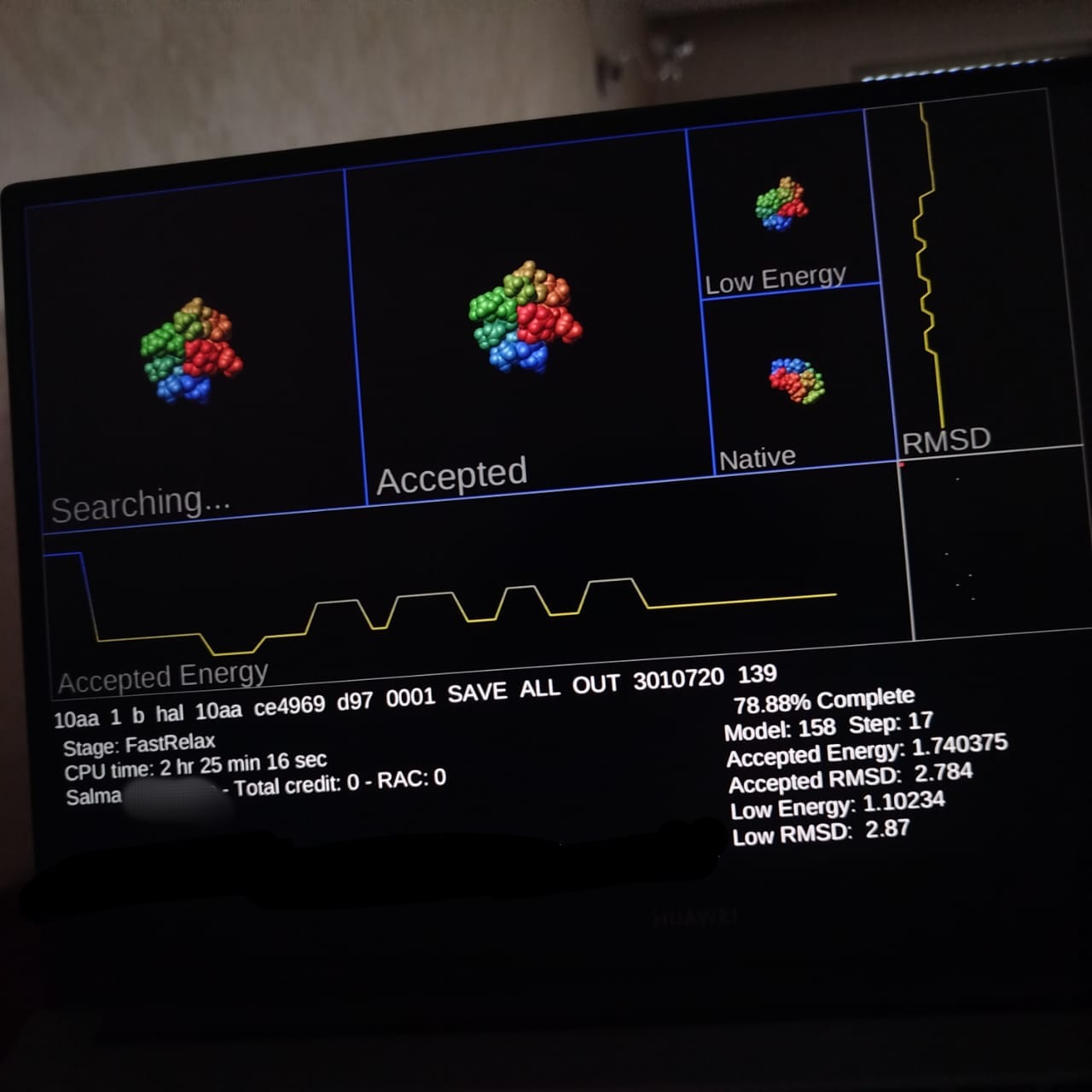
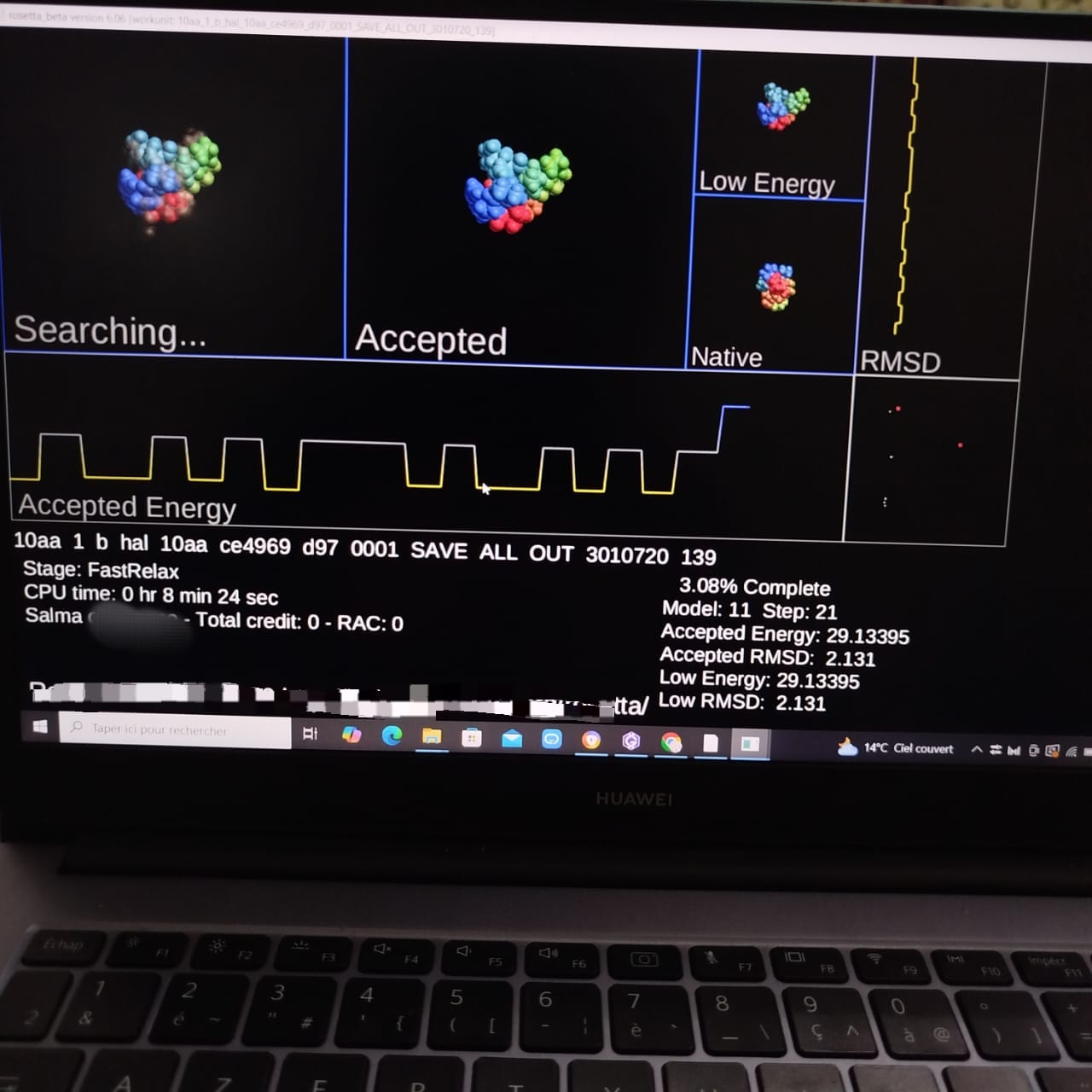
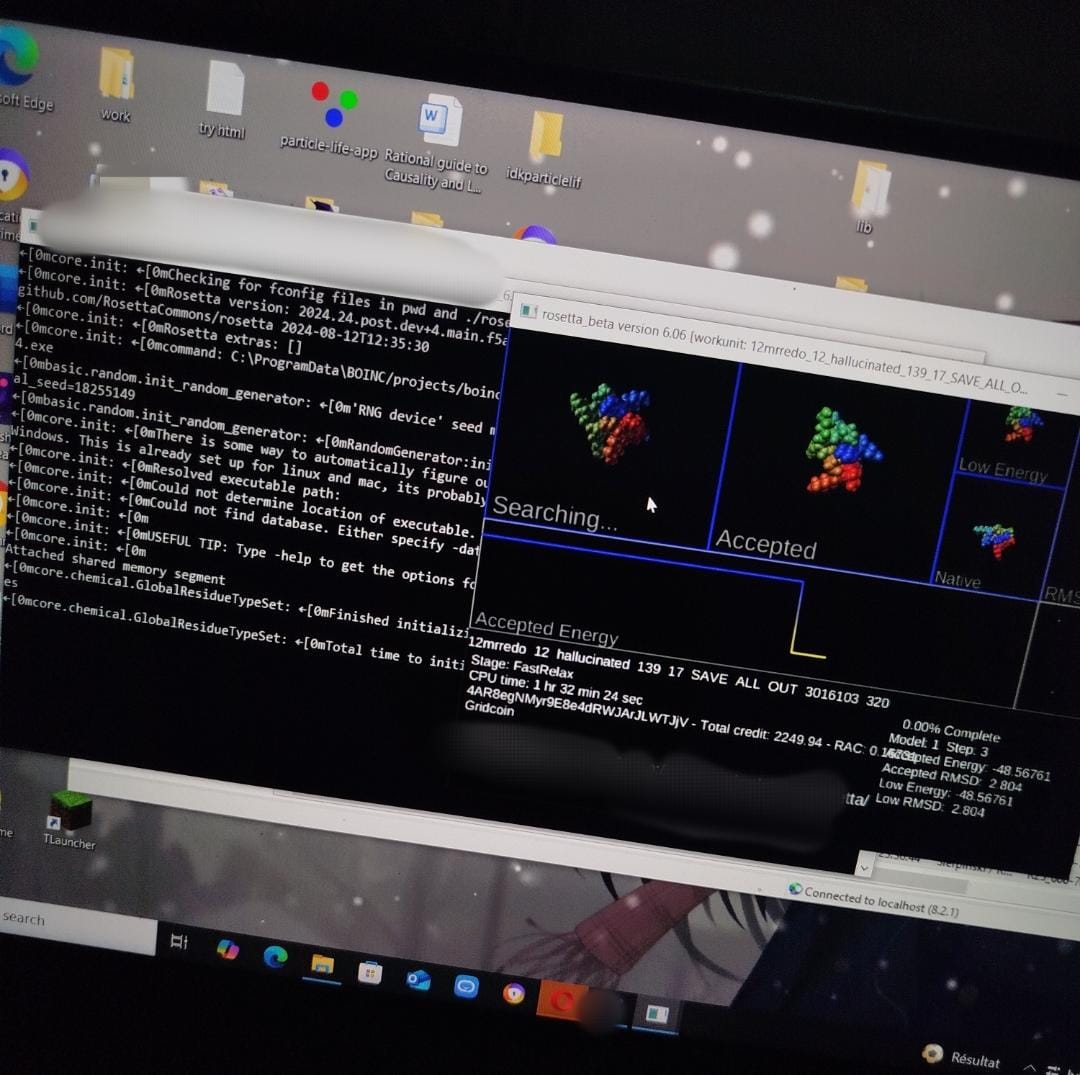
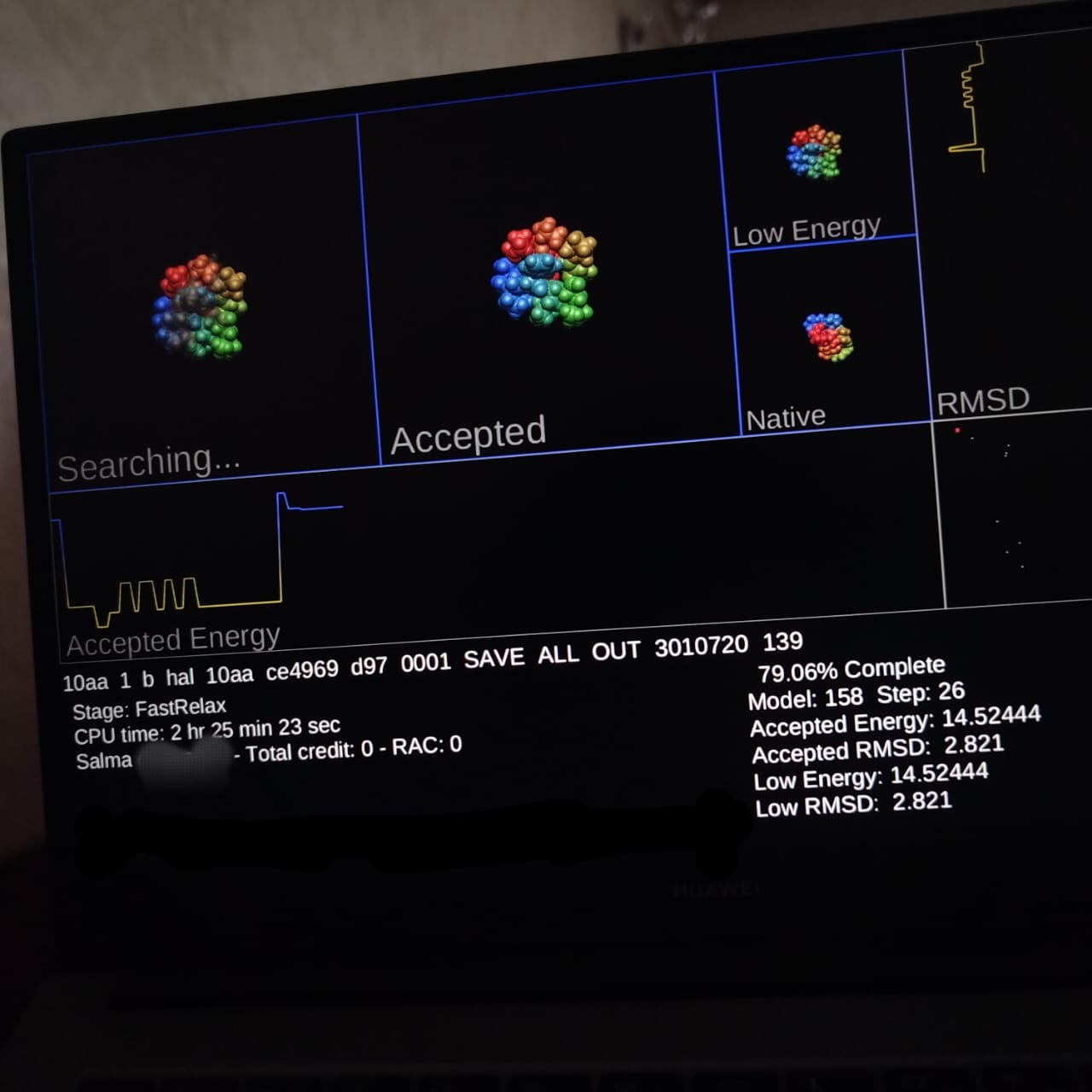
.jpeg)
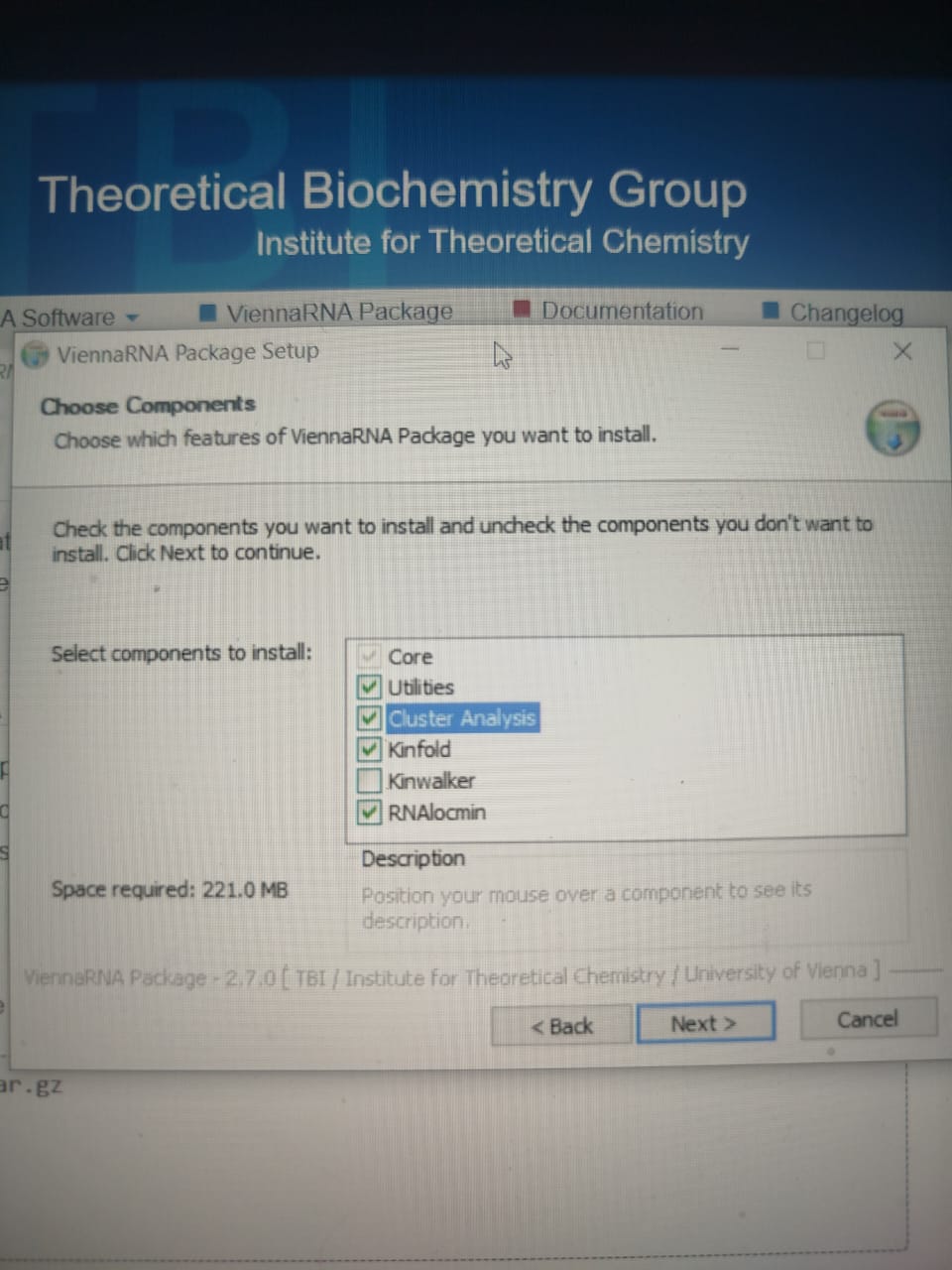
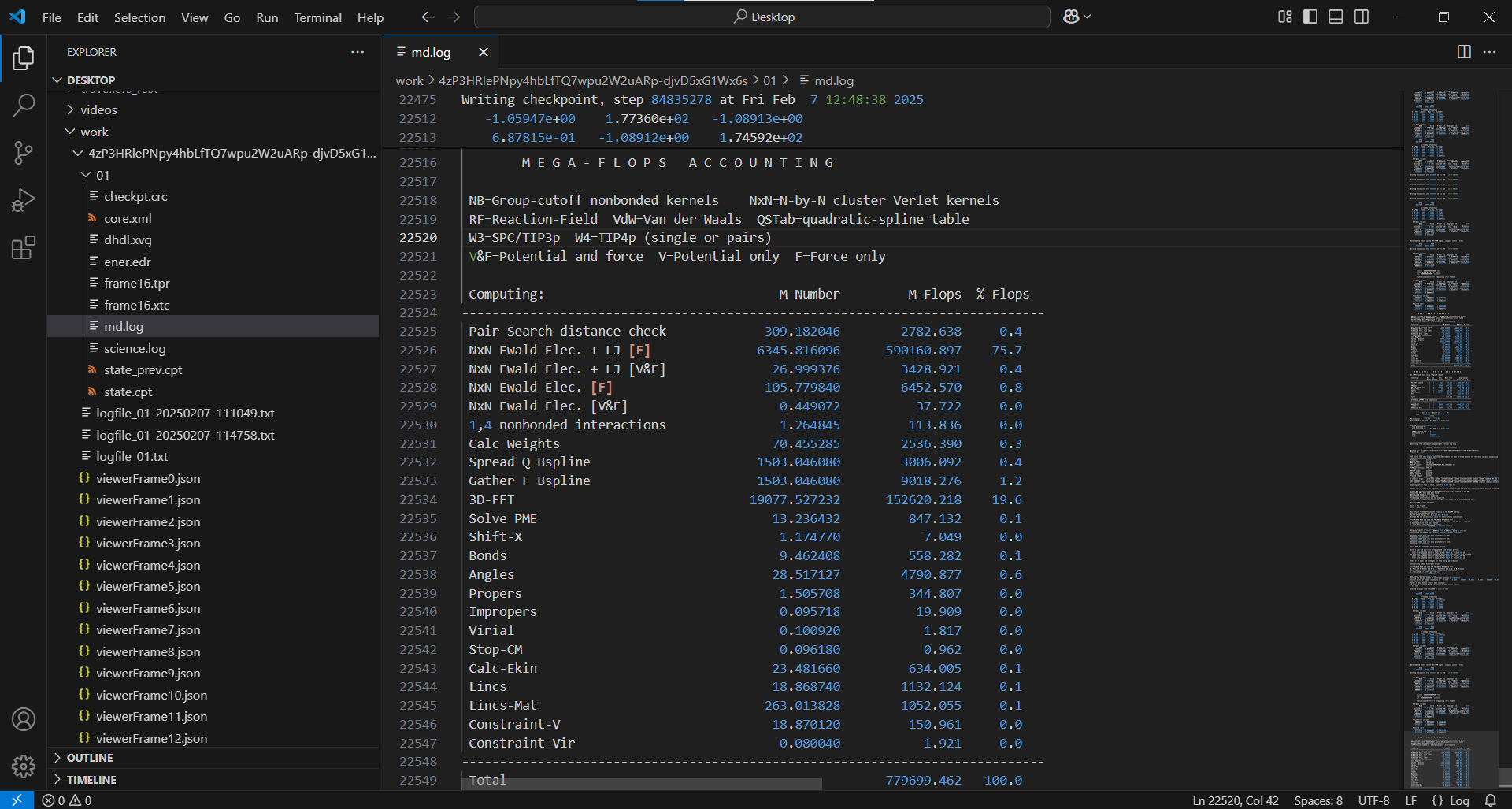
Cancer marker project
The Mapping Cancer Markers project focuses on finding patterns in the human genome that are linked to different types of cancer. Instead of protein folding, it analyzes massive amounts of gene expression data to identify which combinations of genetic markers can predict the presence, progression, or outcomes of cancer. This distirbuted computing project aims at finding signature biomarker patterns for cancer and mapping them out. This volunteering project, with millions of computers in disposale, aims to help in detecting cancer at early stages and potentially tailor treatments.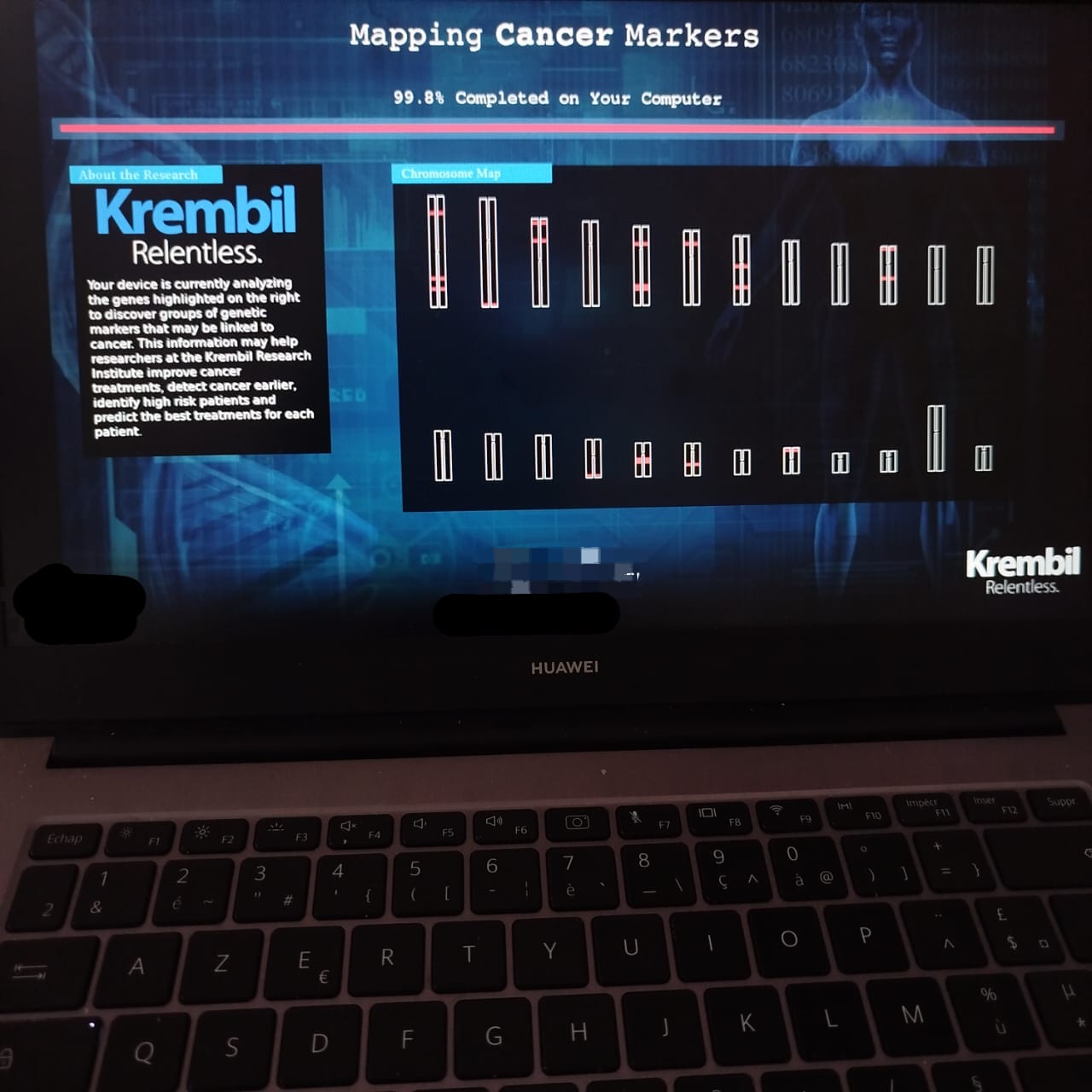
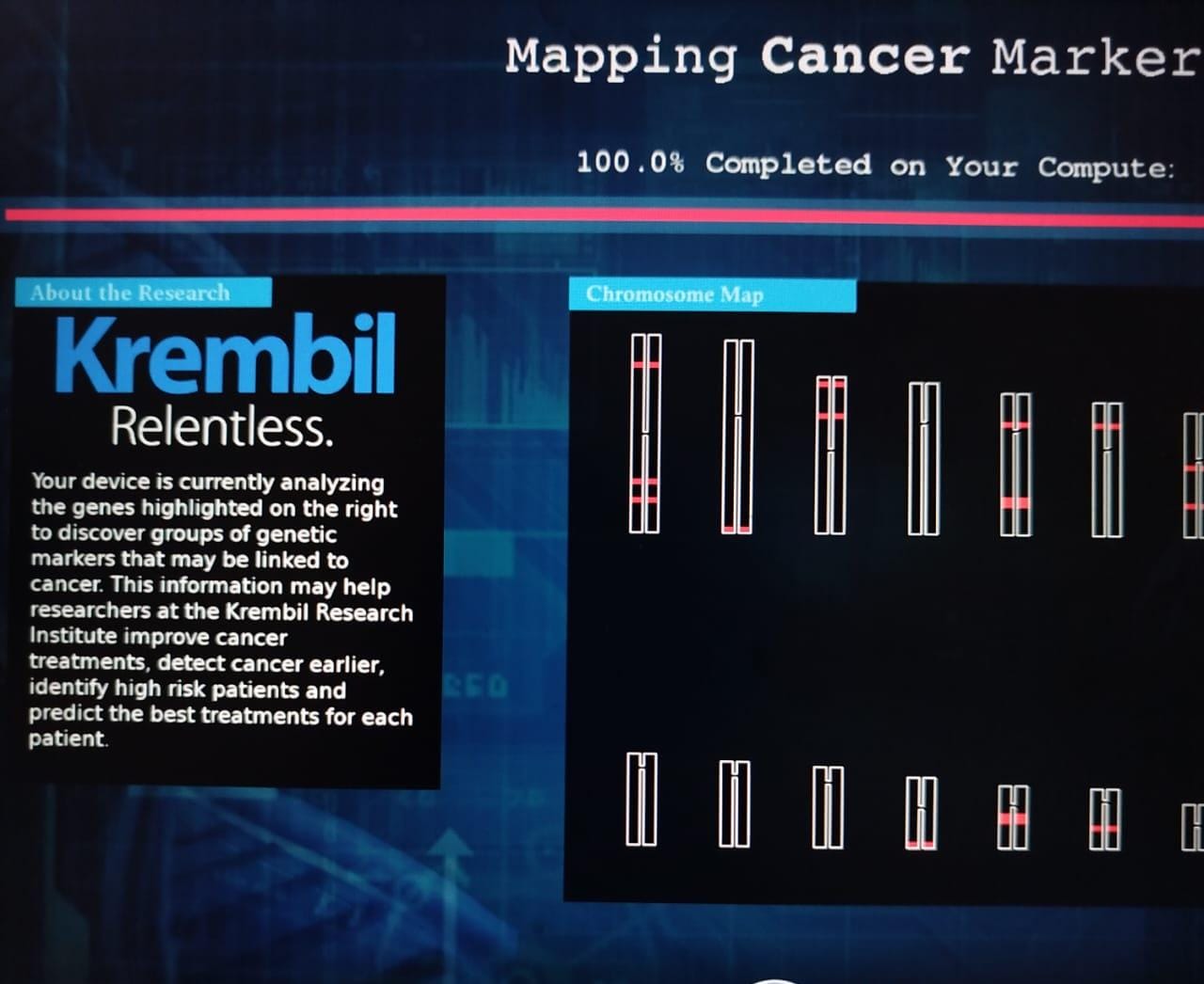
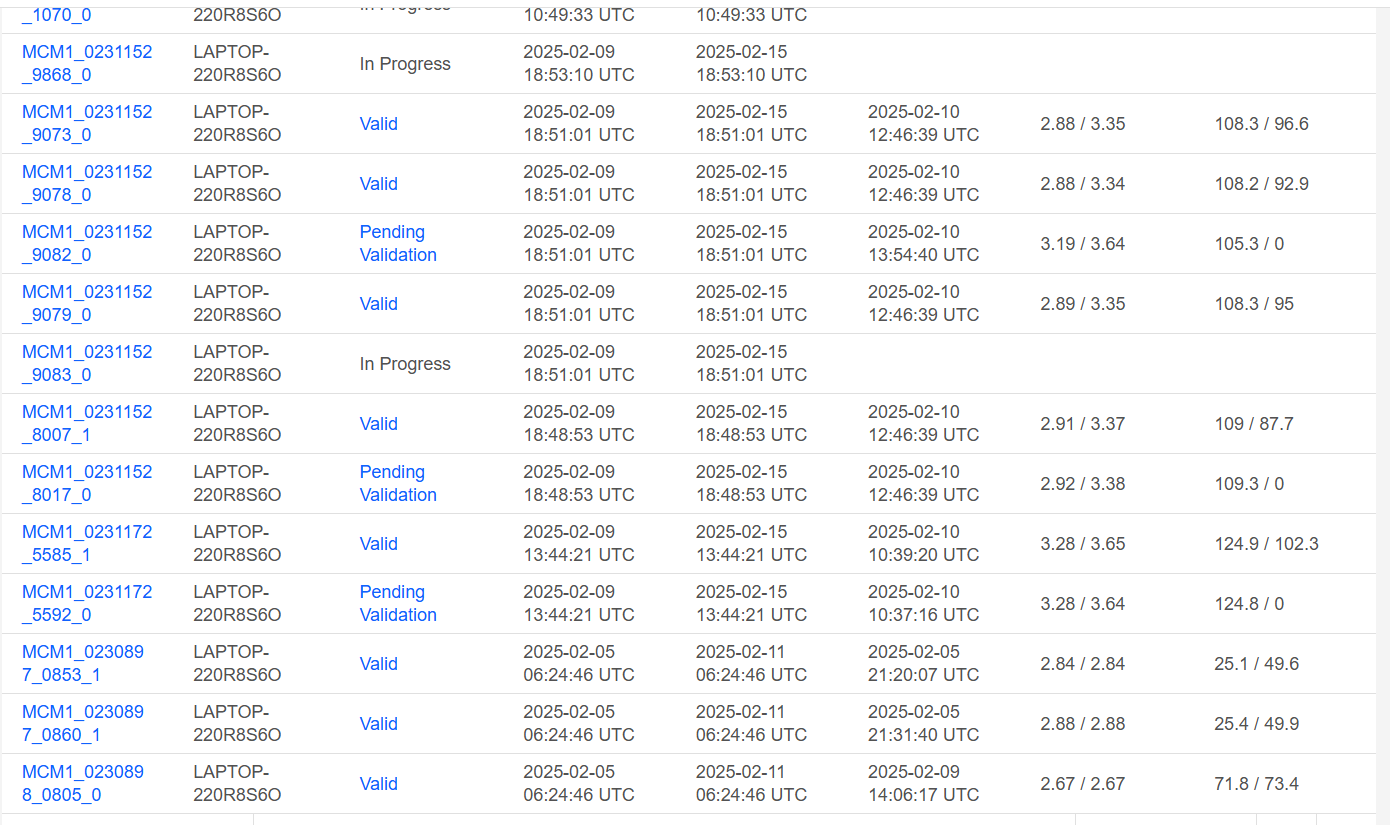
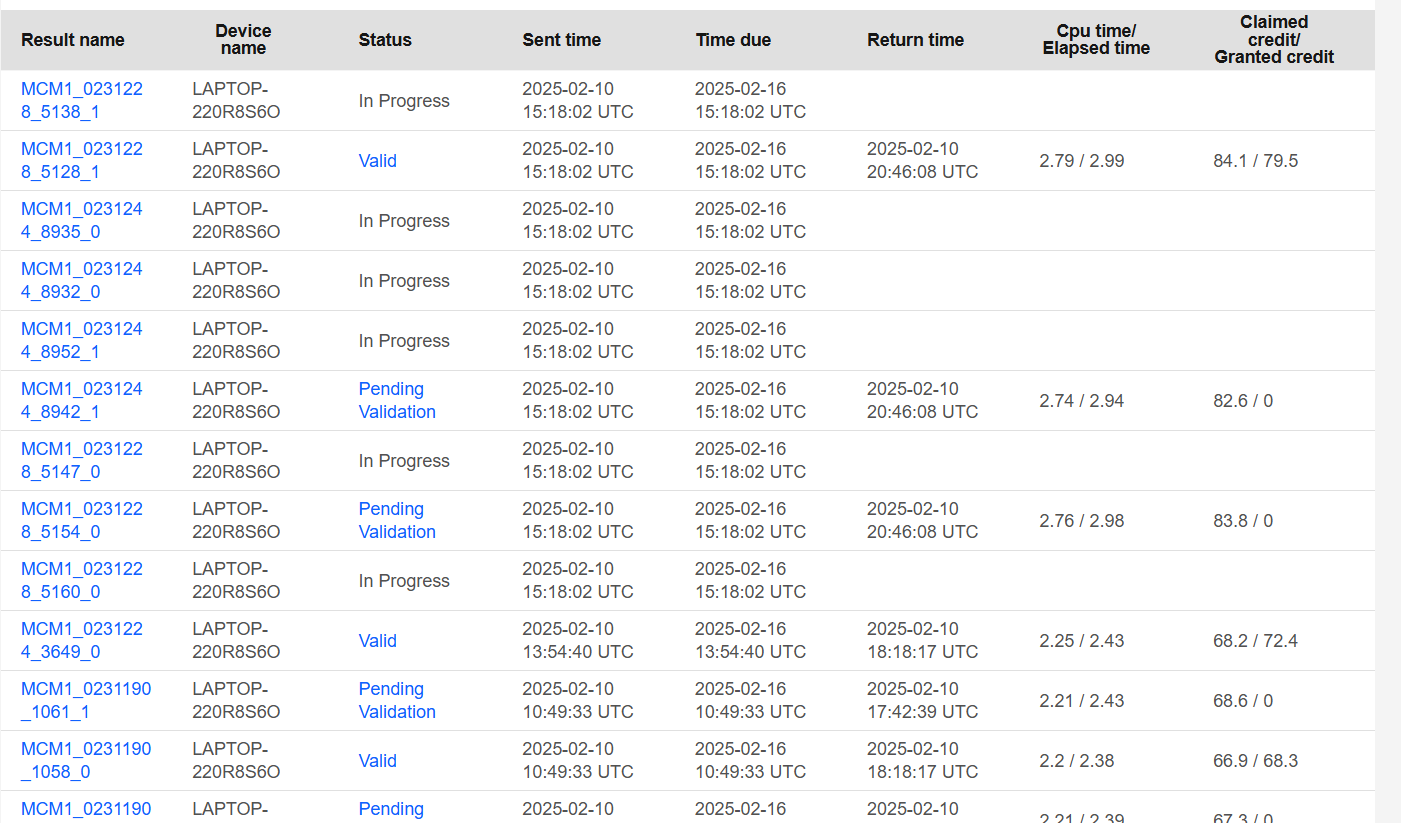
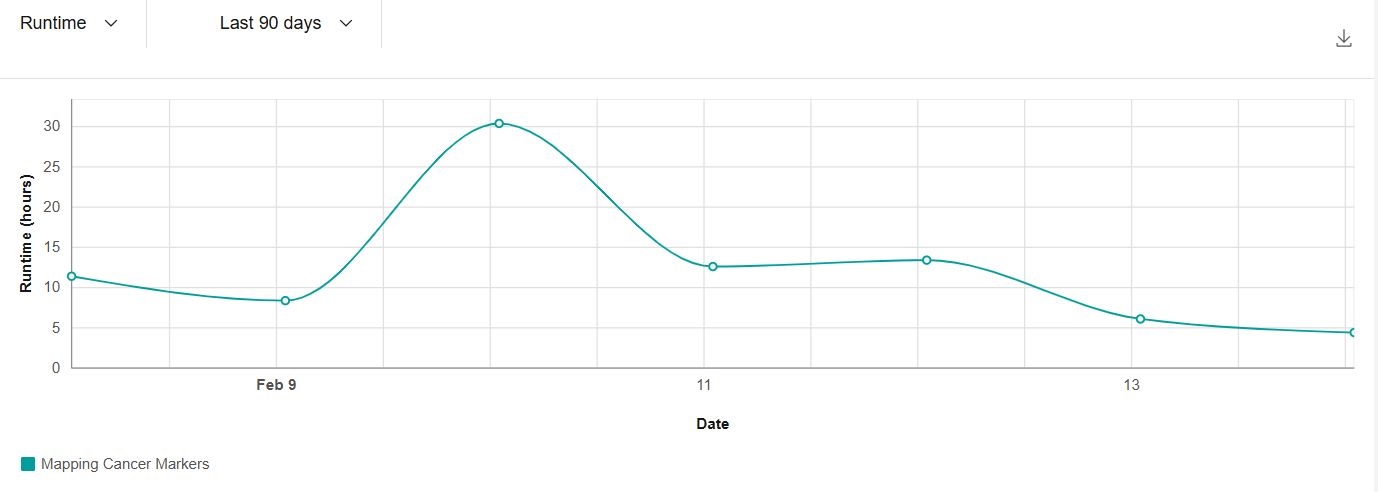
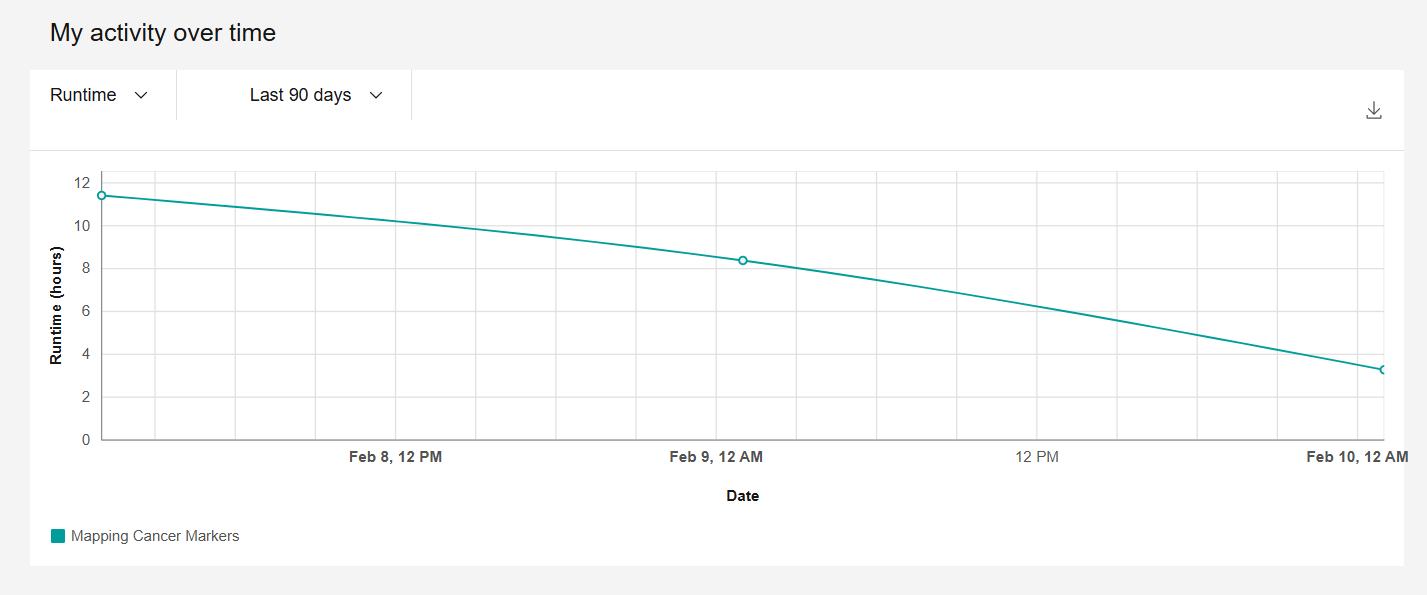
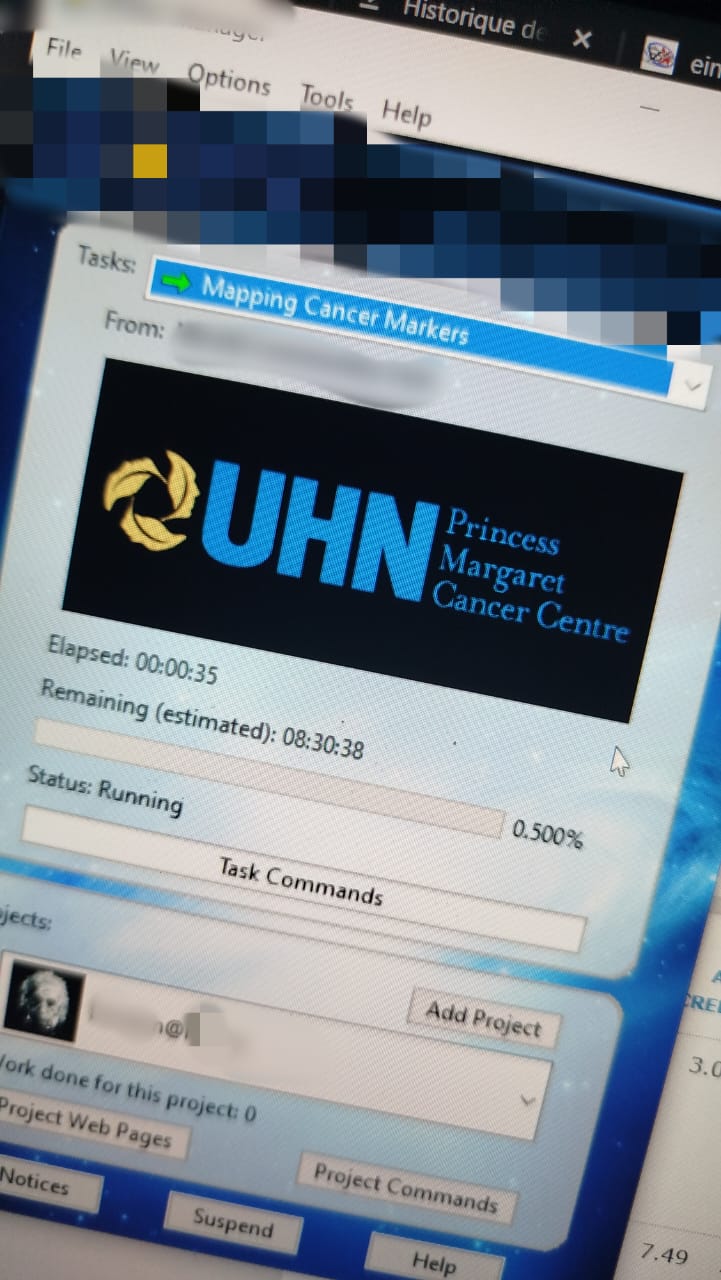
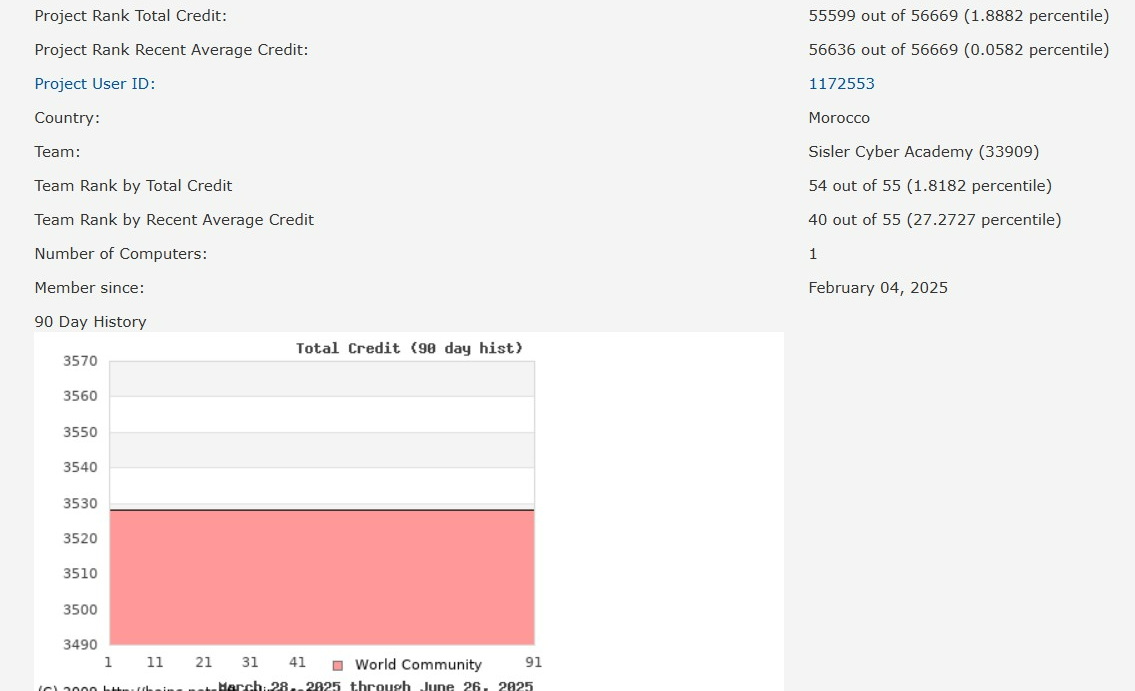
Milkyway Project
This project aims to create a detailed 3D model of the Milky Way galaxy by simulating tidal streams and dark matter; It analyzes data from surveys like the SDSS The Sloan Digital Sky Survey. It started taking data from its 2.5-meter telescope at Apache Point Observatory in 2000, and released it in 2014.Gamma ray Pulsars
The Gamma Ray Pulsars project is inspired by einstein's theory of general relativity. This distributed computing project helps scientists search for gravitational waves, pulsars, and other astrophysical signals buried in large datasets. It started with data from the LIGO gravitational wave detectors, scanning for the faint ripples in spacetime predicted by Einstein's General Relativity. It aims on searching for astronomical signals, particularly from spinning neutron stars (pulsars), using data from gravitational-wave detectors, radio telescopes, and gamma-ray telescopes. once a potential signal is recieved from a satellite or a reciever, it's immediately sent back for scientists to analyse.Prime number theory
This project is specialised in number theory, hunting for primes in generalized Sierpinski and Riesel conjectures. Sierpinski numbers: pick an odd number k and plug it into k*2^n + 1. If all the numbers are never prime, you’ve got a Sierpinski number. The smallest confirmed yet is 78557. Riesel numbers: The formula is k·2^n - 1. It is not yet solved, but the smallest probabilistic number is 509203. Every time a computer finds a prime number, a candidate is elimnated to further solve the math puzzle. What's the use? Prime number distirbutions are one of the deepest mysteries in math, prime testing/sieving helps in understanding the patterns more effeicently, as well as indirectly optimizing algorithms and cryptography, encryption, and cybersecurity (they often use prime numbers). Check out Sierpinski conjectures and proofs. Untested Sierpinski conjectures.Notes
Notes/blog is coming soon!